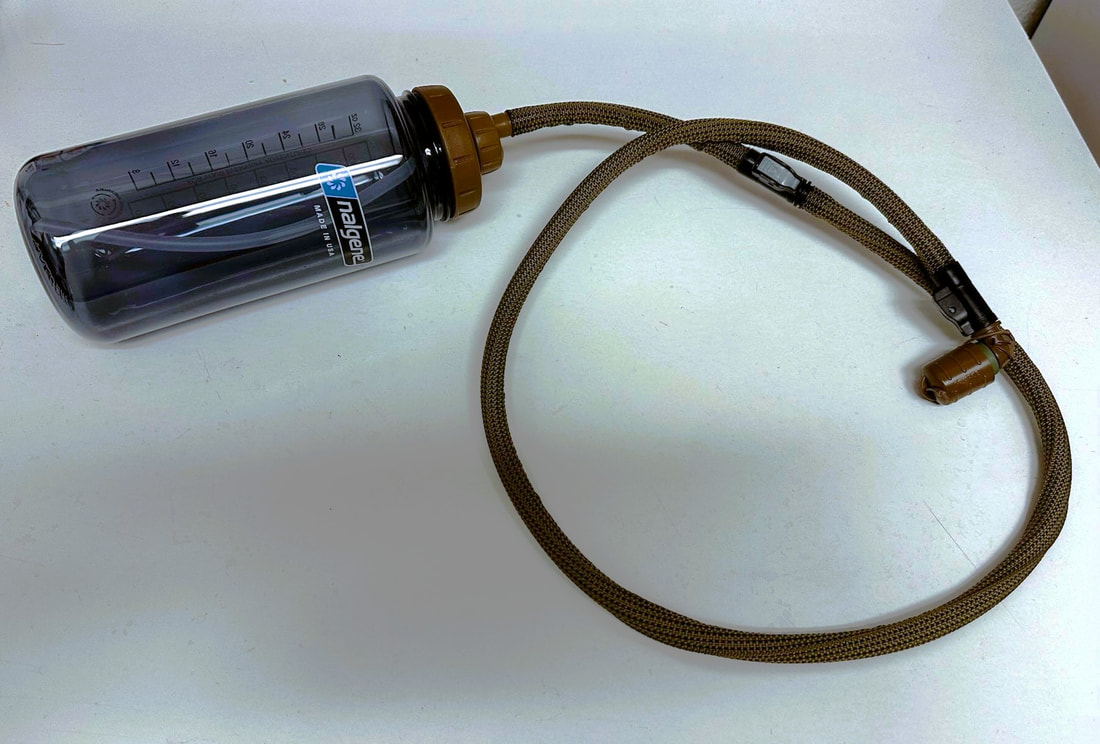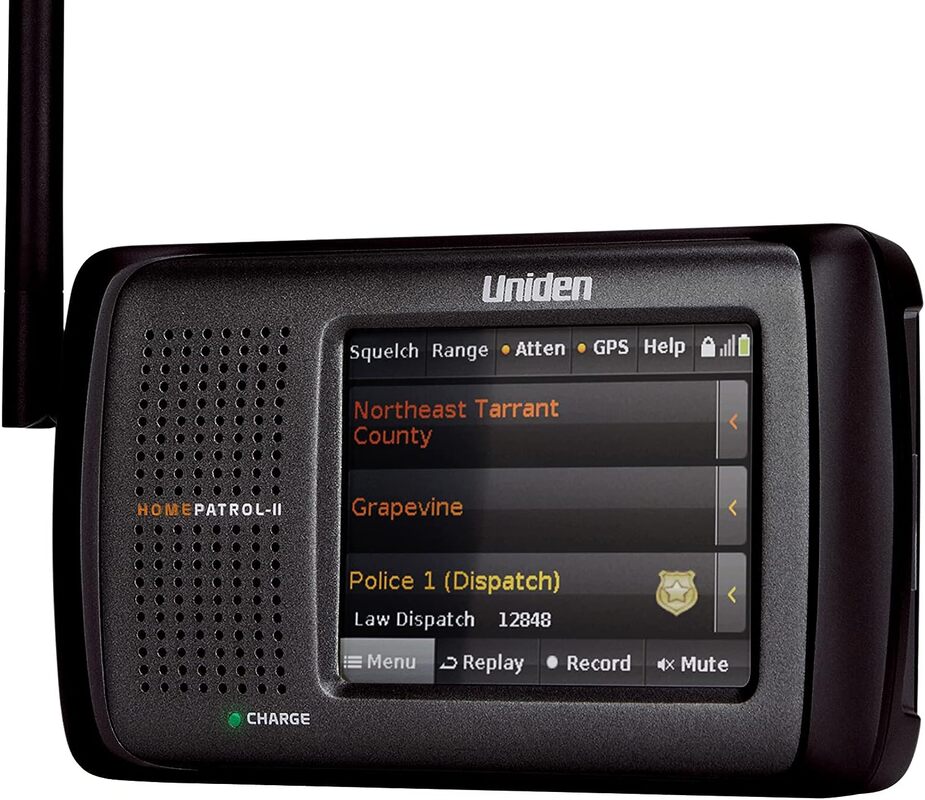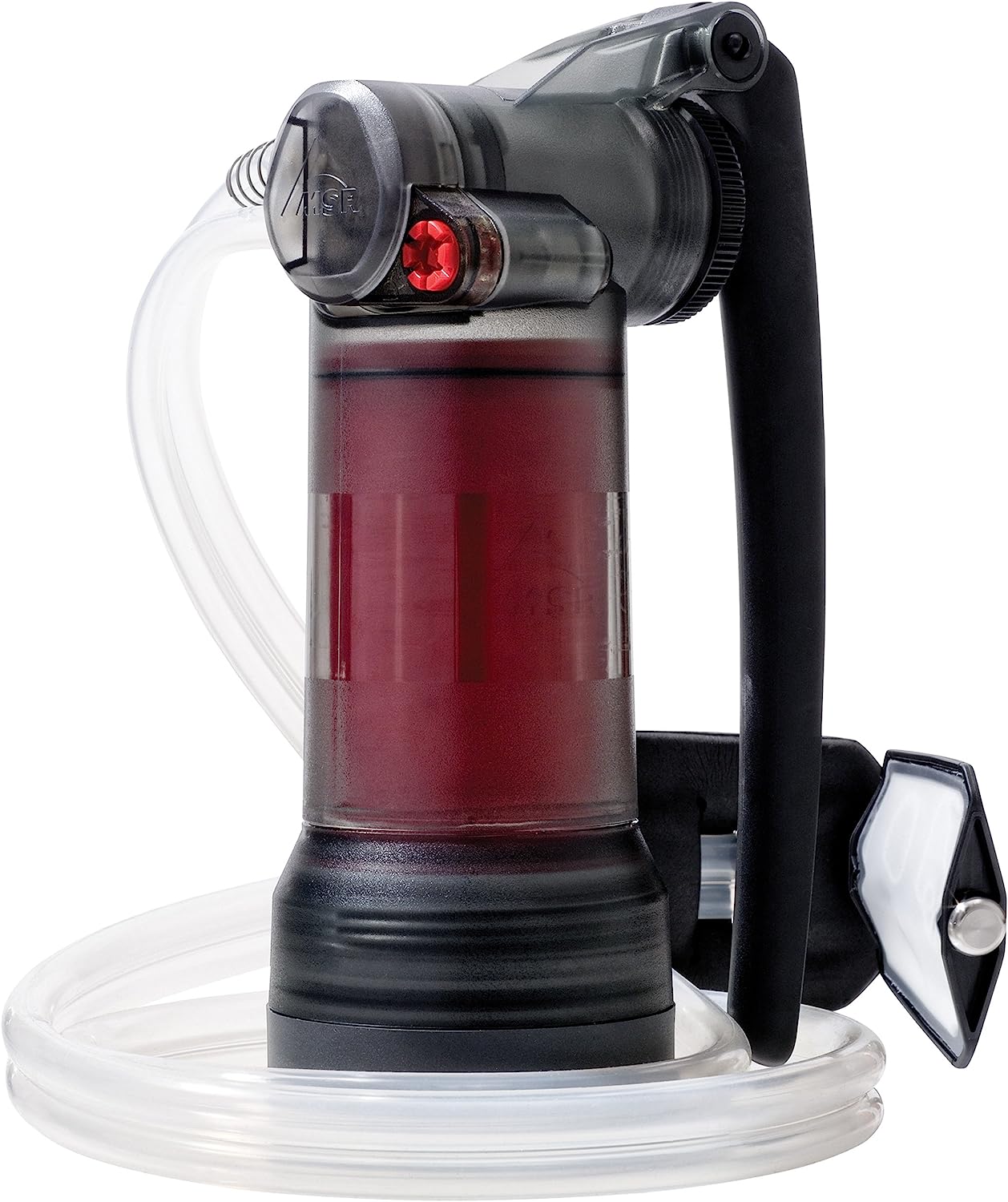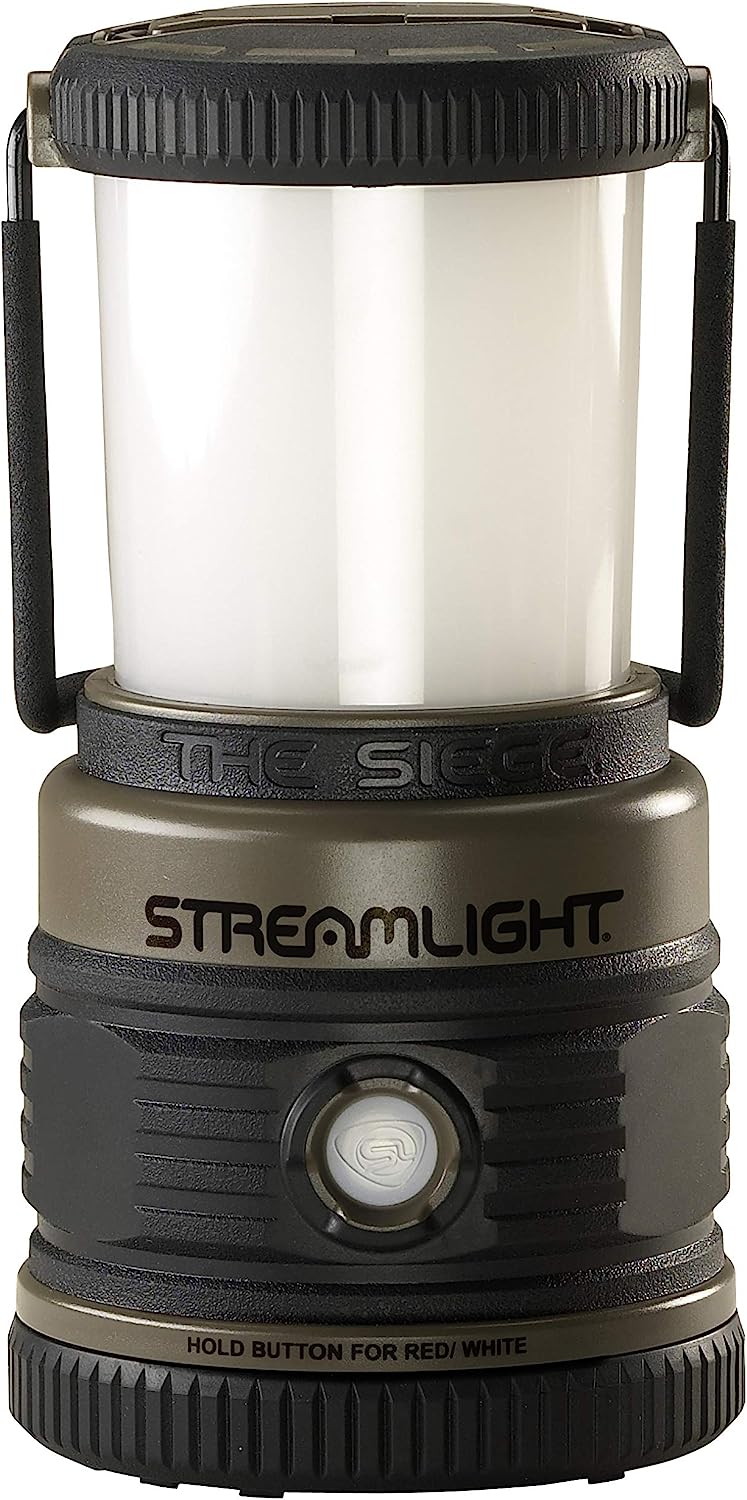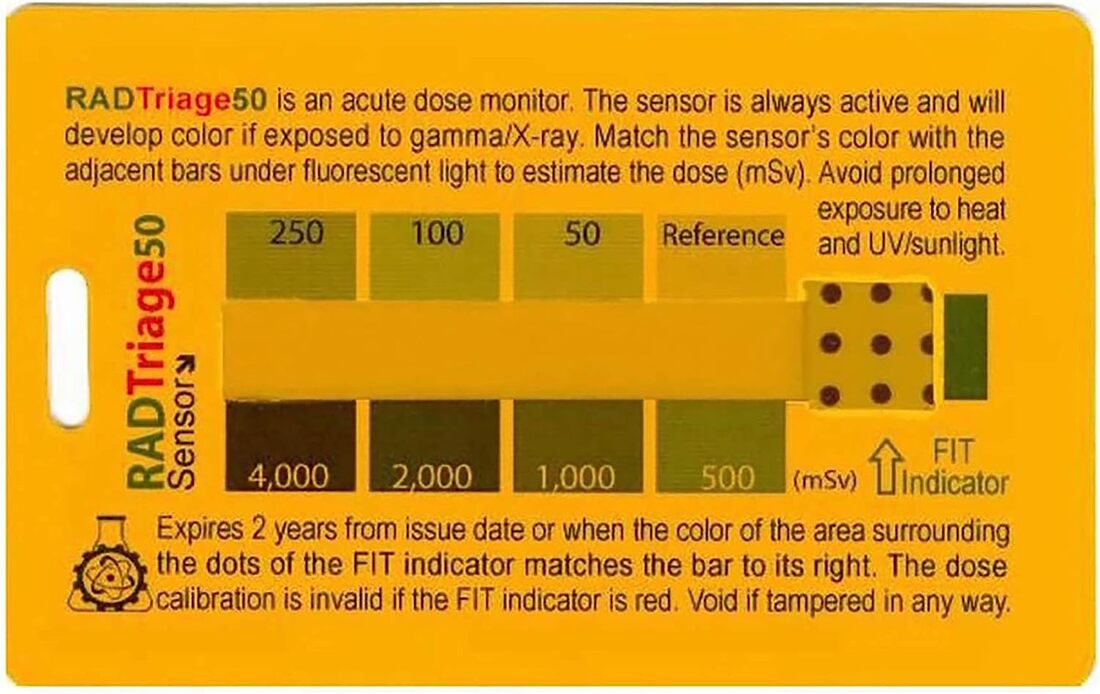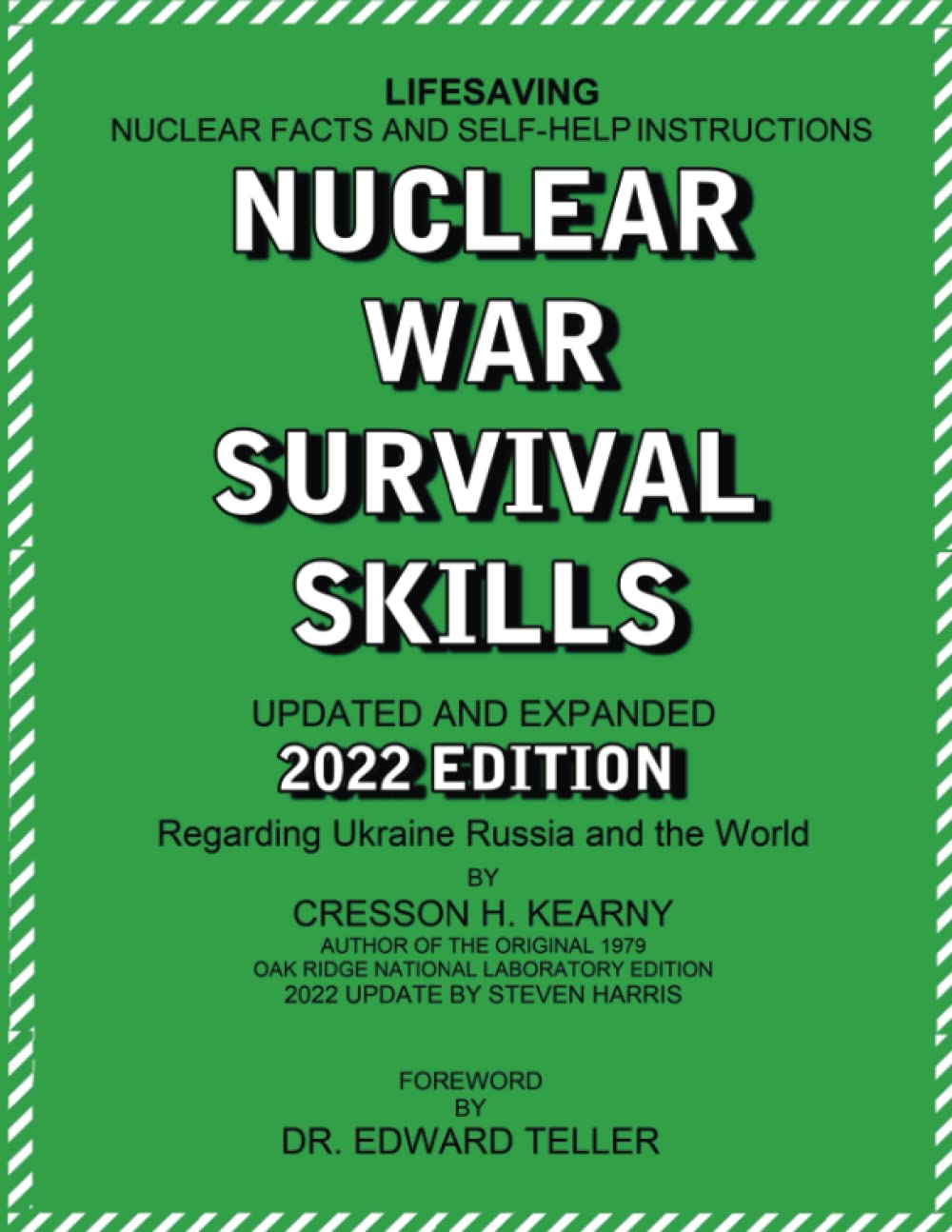A total of 30 homemade bombs were dropped from drones that day and three more on Aug. 11, center officials said in a statement. The center also shared a cellphone video in which a drone is seen flying over trees and an explosion is heard. While this isn't anything new—the cartels and ISIS have been doing this for about five or six years now—the usage does seem to be increasing.
It is only a matter of time before this becomes a normal part of low-intensity conflicts and terrorism. We WILL see drones used as the insurgent's and terrorist's missile and smart bomb. We WILL see partisans in civil conflicts using drones in lieu of mortars and artillery. We WILL see gang assassinations using drones. Frankly, it's surprising how a terrorist group or lone wolf hasn't employed these against local infrastructure or larger targets. A few of these could easily start a massive oil refinery fire, wreak havoc at a nuclear power plant, or destroy sensitive military aircraft. If we go to war with China, expect to see smart munitions and small drones (sUAS) used in this manner in CONUS for a total war strategy. Learn more, including practical defense tips in my book Poor Man's Air Force.
Police are often caught in the unenviable position of being the strong arm executing some dumbass politician’s or bureaucrat’s brilliant idea. That’s what seems to be happening in West Maui following the fire. Police have a checkpoint up and are restricting entry to residents. Make sense, but it all appears to be poorly executed after a MASSIVE public safety and public relations failure. Incompetence compounding upon incompetence.
I don’t actually know what the real deal is on Maui, but looters, safety hazards, and crime scene preservation is a real thing. However, let’s assume that the cordon is excessive. So for the SHTF minded folks out there, what can you do in such a situation? We’re gonna go from practical, to civic minded, to um, kinetic. First, have enough gas. In a crisis, you should be filling up daily. My advice on filling up daily under normal circumstances varies from others, but if things are sketchy, you should always have plenty of gas. On an island, you don’t necessarily need a full tank but in the aftermath of a disaster a quarter tank isn’t going to cut it. Having stored gas at home is a brilliant idea. Rotate this out monthly or whatever by using it in your gas tank. Use high-quality, metal gas cans of NATO spec (Wavian is the brand), add Stabil or another long-term storage gas treatment, and label the can. For labels, use a piece of metal, like from a soda can, with the date lightly scratched/engraved/stamped in. You can do this with a pair of dikes and a flathead screwdriver. Some go ever further and use sealant on the bottoms and seams of the can to further protect against corrosion. (Thanks to Commander Zero for this method). Okay, gas problem solved. That leaves access. Roads make great controlled access points especially if the cops/National Guard are smart and establish their checkpoints well. Your job should be to know alternative routes around, such as through neighborhoods, undeveloped areas, and even on dirt roads or off-road. Now if you’re skirting a roadblock, make sure you have some plausible deniability if you’re going around it. Try not to be seen and so draw attention to yourself. “But I am stupid and only know one way to get home.” Chances are, if this is you, you aren’t reading this. Spend some time on Google Earth/Maps and check out some topographical maps of your area. Do an area study. Physically drive and walk around you area to explore it and find alternative routes. Consider getting utility magnets to slap on your vehicle. Wear a helmet and reflective vest; they are stupid cheap preps and “gray man” camouflage to have around. Maybe the cops won’t even look that hard at you and ask to check ID. On the downside, they might suspect you of being a looter in disguise. Maybe be a police volunteer too so you’ll have friends on the force or they’ll just let you through as if you’re a relief worker. Walking and biking (for shortage distances and loads) is another great idea. Bikes are nearly silent and can go pretty much anywhere a person can walk. Cycling and walking is very low profile and allows you to sneak through many places that probably aren’t being monitored. Engage in human engineering. If the cops are being too restrictive, probably at the behest of someone higher up the food chain, start talking to your local politicians. Mayor, city councilmen, county commissioners/supervisors, and even your congressman. You don’t need to be annoying, just let them know what the problem is and ask them (preferably with dozens of neighbors doing the same thing) to remediate the situation. If the local politicians are being asses because they’re covering up the space lasers or the dragon, make noise with the media. Be polite, but be a squeaky wheel. Be sure to film all interactions with police. Don’t shove the camera around like an a-hole or try and hide what you’re doing like a coward. Be sure to capture faces, badge numbers, vehicle numbers, or nameplates. Record the particulars of the roadblock, such as the cone pattern, signage, and vehicle positioning. If the cops are being jerks on their own initiative, this will help your case. Don’t harass the cops. Don’t enter areas that are closed for a good reason. Go to your property or about your business and don’t become a problem. Why? It hurts your case, can cause real safety/evidentiary problems, and gives the authorities an excuse to crack down on entry. On the more exotic front, say if you lived in a totalitarian situation where force would be applicable, let’s note some things. First, we see police, not the National Guard. Soft-skinned police vehicles and no physical barricades. Cops are out, on foot, in soft armor in small numbers without long arms. The checkpoints are probably very few in number. You do the math. A fascination seems to have gripped conservative Baby Boomers ("boomer" is largely a mentality, not an age group) regarding the unfolding saga surrounding Hunter Biden. It is a curious observation I have noticed, with older friends constantly providing regular updates, while a dear relatives reliably sends me the latest news reports on the matter. Instead of harboring frustration, I find myself genuinely intrigued by this phenomenon from a sociological standpoint. Is it merely an interest in tabloid-like drama that captivates them, or could it be an indication of a deeper sense of significance, perhaps implying its relevance in the grander scheme of things?
Drawing an analogy of the greatest generation's loyalty to FDR despite evidence he wasn't all that and a bag of chips, one might surmise that these Boomers' attachment to the Hunter Biden issue is born out of familiarity and deep-rooted beliefs. It is possible that this controversy has become an integral part of their narrative, a symbol of their political identity that they are unwilling to let go of easily. In essence, it is what they know and understand, and changing these long-held perceptions could be akin to challenging the core of their beliefs. Eventually, the country will see the truth and justice will prevail. The courts will mete out punishment and Biden will do the graceful thing and resign, or else he will be impeached. Many of these people were teens or young adults in the Watergate Era so it is logical that they would expect the same rules to apply and a similar outcome. Nonetheless, what sets this generation apart from others is their seemingly relentless obsession with the day-to-day developments surrounding their favored political characters. Millennials are often criticized for being glued to their devices, but this is a different manifestation of the same underlying phenomenon. These Boomers eagerly await updates, as if each new twist and turn in the narrative promises excitement and satisfaction. It is a spectacle of political intrigue that they are unwilling to miss, akin to a captivating television drama that keeps them hooked episode after episode. Indeed, that is what cable news seeks to do, so that element is not so surprising. Moreover, it is worth noting that Baby Boomers laid the groundwork for the voracious appetite for news consumption that we observe today. Long before the internet dominated the media landscape, they were the generation that pioneered the art of following news 24/7 through the television. This early exposure to constant updates and coverage has likely played a role in shaping their continued fascination with political happenings, even in the digital age. In conclusion, the preoccupation of conservative Boomers with the Hunter Biden controversy is a multifaceted and intriguing phenomenon beyond the misplaced hope that our political/justice system will prevail upon the corruption. It represents a complex interplay of entrenched beliefs, political identity, and a long-standing propensity for consuming news relentlessly. While it may be easy to dismiss it as mere tabloid drama or unimportant in the long run, this phenomenon will come to be an important factor in the unfolding 2024 election. These "boomers" represent the normal, nominally engaged American who will expect that the system will play out, if not fairly, at least according to the unwritten rules of their lifetime. That is, the economic tables will reverse, the government will not become totalitarian, and they will not be persecuted for their right-wing beliefs. This view is naive and inconsistent with the way the Washington establishment, the media, and the Biden Administration has conducted itself. At its heart, normalcy bias controls this reaction. While the son of the American president being involved in massive corruption and a disgustingly decadent lifestyle while potentially implicating the president himself in decades of graft is a huge news story, the Hunter Biden story itself is small beer. What this group should be concerned about is the lengths to which the media and politicos have been going to to minimize the narrative and the lackadaisical efforts the GOP has made to get to the bottom of it. As an indicator of things to come, this obsession with "trivial" details like the soap-opera of the Biden family warn of the shock and surprise that the next election will bring. These "Days of Our Bidens" fans will be taken aghast when nothing inevitably happens to the Bidens, or, if it does, is parlayed into some sort of advantage for the Democratic Party. In their mind, the ship will right itself and they cannot possibly conceive of a USA that goes down the path of third-world corruption. Old narratives have set the wrong expectations. Rather than being signs of impending disasters, a lifetime of "we didn't start the fire" type problems has set them up to assume nothing will get much worse. Today's stagflation is a repeat of that of the 1970s, not the failure of the post-Bretton Woods financial system. The events of the 2020 election was not a coup, but election games that have always happened. Being on the brink of war with China and Russia have always been on the menu since the Cold War started. So what is the problem here? In short, these people will shit the bed when nothing happens to the Bidens (legal consequences, that is), they'll be astounded when Trump loses, again, and is possibly imprisoned and/or assassinated, while the Democrats finally grab Congress and the White House. As America nose-dives into a depression, tyranny, and WWIII, they are going to be "shocked, just shocked, I tell you!" that all of this seemingly came out of nowhere. Ultimately, what the Hunter Biden addition represents is a failure to see the forest for the trees. These cable news political junkies are so busy looking at the salacious fine details they can't see the large picture of America beginning to collapse. Thus, like the person who stares at a spot five feet ahead of their front bumper while driving, the "BRIDGE OUT" signs will be quite the awful surprise. Author’s note: the accounts mentioned in this article are taken from Falkland Islanders at War by Graham Bound (2006), published by Pen & Sword Military.
Imagine you live in a remote, small community that is invaded one day by a vastly superior military power to the local token military/militia forces. How would you communicate with your neighbors or your own military? How would you gather and send intelligence? What tricks could you play with ham radio? In 1982, for the residents of a remote British colony, this was no thought exercise. Far south in the Atlantic, off the eastern tip of South America, sits the rocky, windswept Falkland Islands. Half the world away from Great Britain, this little outpost of Albion was the subject of a brief, nasty war in 1982 when Argentina invaded what they call (and claim) “Islas Malvinas.” Make no mistake; as trivial was this footnote in history may have seemed on the news, it was a real war with ferocious fighting, heroism, and daring risks taken by the islanders. The Falklands had been little more than an outpost for the wool trade and a stopover for ships since Britan colonized the islands in the 1830s, following a brief attempt at settlement from Argentina that was abandoned. Despite the islands having little to no strategic value, these treeless islands that resembled Scotland were in a natural position for neighboring Argentina to claim them. In the decades leading up to the war, the UK and Argentina had tried various means of rapprochement over the islands. In an era of decolonization it really did seem like Whitehall wanted to give the territory over to Argentina. One could almost call the islands neglected by their motherland where, at the time, the almost entirely British-heritage population was denied full British citizenship. Despite all this, the islanders felt themselves to be British, even those whose families left the UK generations ago. No islander wanted to be handed over to Argentina like a dirty memory of the colonial past only to be under the heel of a military dictatorship. The green-eyed suitor was decidedly a worse choice than the inattentive UK. Argentina was currently governed by a military coup known as the Junta in the years following its Dirty War against what we would call progressivism. It is argued with much merit that the war was launched as a distraction against public dissatisfaction with the Junta’s repression and economic policies. While readers may sympathize with the Junta’s heavy hand against socialist forces at home (throwing communists out of helicopters), the totalitarian tactics bled into the occupation force’s behavior towards the civilians islanders. Thankfully, aside from some selected abuses, the invaders remained fairly well restrained towards the “kelpers” who endured the two-and-half month war. However, the suspicion, and treatment, of civilians was harsh but thankfully not deadly. Death for the islanders who resisted would have been an easy stretch for Argentina. However, reprisals of this type were nil. Knowing that the small detachment of Royal Marines, about 40 (as a troop exchange was happening at that time), and small Defense Force would be overwhelmingly outnumbered, Governor Rex Hunt ordered that there be no guerilla warfare. The help the islanders did provide through intelligence gathering, minor sabotage, and scouting was invaluable to the British task force. This article looks at the use of radios by civilians. The accounts highlight the risk of radio operation in a non-permissive environment. There were many intrepid islanders who, at great risk to themselves, passed intelligence back to Britain and even interfered with Argentine communications. Radio is a powerful tool of resistance and some plucky kelpers used it to good effect. Radio communication was, and still is, a way of life in the Falklands. The islands consist of one major settlement (Stanley), numerous hamlets, and isolated sheep farms across approximately 4,000 square miles of the two main land masses. Especially in the 1980s, communication was largely by radio as the telephone exchange only worked in the city. 2-meter radio formed the backbone of the “bush telegraph” communication system as their form of citizen’s band radio. Many islanders also had high-frequency (HF) radio sets to communicate over longer distances, with ships, and to the outside world. Families owned multiple VHF radios. Sets were in every vehicle. Longer-ranged sets provided communication across the craggy islands and even across the world. Total confiscation, even with registration, would never be possible due to their prevalence, proliferation, necessity, and the huge distance required to reach remote settlements. The Argentine occupation government realized this and allowed rural radios mainly for the purpose of radio consultation with doctors during their regular “radio surgery.” The islands’ radio operators were apparently all licensed. In such a small place, although enforcement probably was not much of a concern, unlicensed transmission would be obvious among such a tiny population. Records of operators’ licenses were kept at the Post Office which meant that once the islands fell to the Argentines, intelligence officers seized these records. Immediately the security officials knew not only who was licensed but the particulars of their equipment. At once, we see the problem of government registration and licensing; it is a roadmap for confiscation and harassment. Americans tend to think in terms of firearms but the same problems we fear over guns the islanders faced with radios. Sad Hams delight in government approval and tracking, but its easy to see how gatekeeping can be a liability during exigencies. Once the order to turn in radio sets was broadcast via the local commercial radio station, it would be easy for military police to raid the homes of those who failed to comply with the order. House-to-house searches to check compliance and even searches for clandestine transmitters was commonplace throughout the war. The level of fear of illicit transmissions the Argentines had belied the actual level of spying that went on, at least up until the final counter-assault. While Sad Hams are proud that they are registered with the government, such behavior can be a double-edged sword. Americans may not face the same prospects of invasion as the islanders did, but one can imagine how a registry could be used inappropriately. One benefit to the American scheme in combination with the advance of modern technology is that individual equipment is not registered and it is quite affordable to have separate radio sets, particular dual-band VHF/UHF sets like the Baofeng. Unaccounted for sets are a buffer against confiscation, which one fortunate islander used to his advantage. Lighthouse keeper Reginald Silvey, shortly after the invasion began, made a contact on the 15m band and passed a simple message to his relatives through an English ham 7,800 miles away. What began as a desperate dispatch to family, turned into the passing of actual intelligence to British defense authorities, requiring a cat-and-mouse game to outfox the Argentinian communications specialists. Ostensibly, Silvey complied with the military orders and surrendered his transceiver. Silvey turned in his registered radio and made “a fuss” when handing it in. He intended to make it memorable so to remove any suspicion that he had a transceiver. Additionally, he tore down his large antenna. During the dismantling process, a helicopter flew by and he and his friend were sure to wave to make sure the work was noticed. To get around the problem of radio confiscation, he turned to his friend George. George captained a small ship and his HF radio had not been taken out of his ship. He retrieved it in secret, using a subterfuge to access the restricted waterfront, and smuggled it into a hiding place for Silvey to receive. Should the Argentinians notice the radio was missing from its place on the ship’s bridge, George would claim that while the ship was unattended, soldiers stole it—an entirely plausible answer. Two problems now confronted Silvey; a power supply and an antenna. For the former, he turned other friends who drove hospital Land Rovers. A 12-volt battery was delivered that would provide power for the rest of the war. For an antenna, the steel clothesline made do, although it was not ideally matched to the frequency. Argentine troops still raided homes on a daily basis which meant Silvey was at risk. A pass issued by the commanding general, Mendez, served to notify troops that the house had been cleared and that they should not enter, although this was not an ironclad guarantee. Silvey, now back on the air, made contact with a Briton who passed intelligence on to the Ministry of Defense. From his window, the lighthouse keeper could see the airport and wanted the authorities to know that the area, packed with troops and supplies, could be attacked without harming civilians. Following messages contained counts of weapon emplacements and their locations. One important bit of info passed on was the presence of a surface-to-air missile (SAM) launcher near the airport. The authoritarian military occupation forces were quite serious about stopping illicit radio transmissions although their reach exceeded their grasp. Direction-finding vans combed the only city and capitol of Stanley as well as the rural portions of the island, known as the “camp.” Aiding his evasion of the foxhunters, Silvey used terrain against the Argentinians. Despite some islanders who were very remote from the bulk of the troops in town, Silvey sat on Cape Pembroke only five miles away. However, terrain, propagation physics, and human nature were somewhat in his favor. First of all, the Argentinians were focused mainly on short-range VHF (2m) transmissions as this was the most common form of radio used in the islands. A major concern was local communicating with missing Royal Marines or SAS/SBS commandoes landed on the island to conduct reconnaissance. Hence the focus was less on high-frequency (HF) radio. Direction finding (triangulation) of radio signals is affected by terrain, which can block both the propagation of transmitted signals and inhibit reception. Stanley is sited on the slope of a hill above a bay, which would place it below Silvey’s radio horizon (and that of much of the island). Putting terrain features between the transmitter and an interceptor can be an effective tactic, depending on the antenna, the band’s propagation characteristics, and other factors. HF signals, being subject to ionospheric variations and skywave propagation, may exhibit non-linear paths and inconsistent signal strengths over different paths. This can introduce errors and uncertainties in triangulation calculations, making it more challenging to precisely determine the source location. On the other hand, VHF signals' line-of-sight propagation provides more predictable and direct paths, allowing for more accurate signal source triangulation. Signal source triangulation requires the use of multiple receivers to measure the signal arrival times and calculate the intersection point of the signal paths. While the propagation characteristics play a significant role, other factors like receiver accuracy, timing synchronization, and environmental conditions also influence the overall accuracy of the triangulation process. Hence at least two mobile vans would be required to narrow down the suspected transmission location for house-to-house searches. Silvey transmitted using a mixture of voice and morse code. His signals were often sent “in the blind”, that is transmitting without first establishing that someone is actually receiving. GCHQ, the UK’s version of the NSA, with their incredible global radio signal detection capabilities, likely detected these signals once they were aware Silvey was passing transmissions. He also kept his transmissions short (around 15 seconds), which aided being able to evade detection. Longer transmissions give the direction-finders more time to detect and triangulate the signal (lowering the signal strength and using directional antennas, in line-of-sight bands, also decrease the probability of interception). Other islanders reported good results by decreasing their transmitting power to limit the propagation of their signals, thus preventing the distant interception sites/vans from receiving them. Understandably, the Argentines were paranoid about British commandoes spying. Signals were detected, or believed to have been detected, in town by the Argentine foxhunters. However, no actual source was ever found. The area of interest for the electronics crew was some distance from where Silvey was transmitting from. While it is possible that others were transmitting, this information has not been revealed. Several islanders did mention mysterious British men who seemed out of place moving about the town in the later phases of the occupation. As the Paras and the Royal Marines advanced, these mysterious men even made contact with particular islanders apparently making sure that they had not been arrested or killed. Many are certain these were British intelligence officers or commandoes. If MI6 or the armed forces infiltrated spies into Stanley prior to the British counter-invasion, it is still classified. Another tactic Silvey employed was the use of another islander’s call sign, that of Bob McLeod, who lived across East Falkland in the small community of Goose Green. Silvey would drop Bob’s name, well known among hams who sought to make contact with the coveted, remote VP8 callsign. This bit of deliberate misinformation would lead any potential interceptors to assume McLeod was transmitting, which would be impossible since his radio had already been confiscated and himself interned. To this day, this “disinfo” had led people to believe in the legend of “Radio Bob.” In a separate incident, after the residents of Goose Green had been interned, Argentinian troops occupying McLeod’s home came across a photo of him in uniform. McLeod was a member of the Falkland Islands Defense Force, the island militia. Already suspect for being a licensed ham, the occupiers accused him of being a spy. Much pleading had to be done on Bob’s behalf to convince the troops that his radio had already been impounded and he had been confined with everyone else. This the troops should have known, but the Argentinians did not send their best, and many such incidents involving the hair-trigger and largely conscript soldiers occurred. Even if the information provided was not helpful, the continued transmissions forced the Argentines to monitor and hunt civilian radios. This dissipated their efforts which might otherwise have been focused on searching for special forces radioing back to the task force. Even the house-to-house searches that followed ensured that the population remained hostile to the occupiers. A Chilean immigrant, Mario Zuvic, who hated Argentina devised a concealed aerial in a treetop that he and his friends used to listen to Argentinian forward observers on nearby hills. Some of the traffic they intercepted was mundane. Argentinians would be phone patched via radio back to their families. This was the only link, aside from mail, that the mostly conscript army of little more than boys, had with home. Other efforts were considerably more dangerous. Despite all of the interference and the incredible frustration it caused, Mario’s transmitter was never found. In the rolling terrain of the “camp”, it wouldn’t be easy to triangulate the signal. Mario and his friends would send false signals to the occupiers’ radio control center including fake orders to disrupt forward observers. In addition to this, they scanned the airwaves until they detected Argentine radio traffic then jammed the conversation by transmitting at maximum power. After one of the British landing ships was attacked, the following day when it seemed like it would happen again, Mario jammed the frequencies by simply keying the mic. This left the occupiers unable to send messages to their headquarters all day and probably disrupted both attacks on the ships and other combat operations. Not long after an auxiliary airbase was completed at Goose Green, it was attacked by Harriers. Though the anti-air defenses scored one kill, the uneducated troops insisted that there was a spy among the civilians passing radio traffic to the British task force. This resulted in a house-to-house search for the radio that didn’t exist. One little girl even asked her father “Daddy, are we going to be shot?” It is questionable whether or not the Argentines would have executed anyone. Given the lack of physical resistance in the islands and the rather hopeless position the occupying forces were in, it seems unlikely. General Menendez said that anyone caught transmitting intelligence to the British “would have been considered a spy and that that traditional treatment of spies” (being shot) would have been applied. Perhaps if Britain had not moved to recover the islands or if there was an active resistance taking Argentine lives the clandestine radio operators would have been treated more harshly. Even so, Argentinians committed many war crimes, generally conducting or threatening mock executions. One captive civilian in Goose Green tuned a radio to the BBC, but in doing so, came across a conversation between hams. The troops thought that the islanders were somehow communicating with British forces and cocked their weapons threateningly. Eventually the occupation government’s sympathetic civilian administrator intervened and managed to get a senior military officer to parole the men to a hotel. After an incident where an islander attempted to contact the British flotilla, helicopters were loaded with men and radios then flown back to Stanley. At the police station, one man was forced to write a statement and threatened with a knife. Others were taken outside, ordered to dig a trench (presumably) a grave, then forced to kneel in wet grass before soldiers dry-fired pistols in their backs. The brave acts of the islanders during the Falklands War shows that radio is an important tool not only for communication, but for passive resistance. We won’t know for a few more decades what impact the passed intelligence had (until it is declassified) but even if it was redundant, much effort and time was expended by the occupiers trying to counter it. Civilian radios do have a place in creating electronic warfare as long as it is done smartly. And finally, to the consternation of Sad Hams everywhere, registration and licensing leads to confiscation. Always have radios no one knows about hidden away. If this topic intrigued you, also check out NC Scout’s book The Guerrilla's Guide To The Baofeng Radio. Wouldn’t it be nice to have an Armored Personnel Carrier (APC) for your defense force to fight from? A gun truck does two things; provides an armored platform for fighters to shoot from (on the move, if necessary) and serves as a delivery vehicle for your troops.
What differentiates a gun truck from a technical is that a gun truck is carrying men, who will fight from the truck bed or on foot, using rifles. A technical is generally a vehicle mounted and mobile heavy weapon, like a medium to heavy machine gun. As said earlier, the problem will be sourcing weapons that can be mounted, so we’re using the humans in the gun truck as the gun mounts. The easiest way of making a gun truck is putting several guys in the bed of a pickup truck. They can shoot from there and then jump out to fight. An unmodified pickup bed will require your men to be seated so they don’t fall out. This limits their arcs of fire and the number of men who can safely fit. Three men should be sufficient to cover both sides and the rear of the vehicle. With a heavy-duty truck, some steel, and fabricators the possibilities increase. Probably the best vehicle to have to break up an ambush or provide serious fire support against a bad guy’s attack would be an armored vehicle. One of those roaring out of the darkness and opening fire with machine guns, grenade launchers, and even cannons would be a gamechanger. It is a mobile defensive position that can go where help is needed. Like as a technical is a substitute for a military fighting vehicle, a gun truck is a substitute for an armored personnel carrier. Obtaining an APC is not going to happen for most. What you can do is create a gun truck to not just transport a number of shooters but allow them to fire on the move and with relative safety. Gun trucks are non-passenger vehicles filled with guns and shooters used to provide a base of fire and increase the firepower available to defenders. Being a truck, it’s mobile and can move from locations quickly while shooters are firing or it can participate in a convoy. Gun trucks are usually flatbed vehicles modified to support shooters in the cargo area. In a civilian context, shooters firing rifles in the truck bed are going to be more common than mounted crew-served weapons. These really took off in Vietnam when supply convoys were ambushed. Modified 2.5-ton or 5-ton cargo trucks could quickly advance down a convoy column and return fire into the thick of it. These trucks had armored plating added on. Many farm trucks can be similarly modified to provide light armor protection and a good platform for shooting out of the cargo area. Mexican cartels do this to make their own improvised APCs and gun trucks, called “Monstrosos” or monsters.
Tactics Dragoons are mounted troops that got off their horses to fight, unlike the cavalry that fought from horseback. Pretty much all your fighters will be on foot. Whether people arrive via auto, ATV, or horseback, they will have to park their cars somewhere. This place should be behind cover and you will need someone to guard the vehicles. For example, cops always have vehicle guards at riots and when breaking up large parties. An unguarded vehicle is theft, vandalism, or sabotage waiting to happen. If gun trucks or technicals are used in a convoy, deploy them where their firepower makes the most sense. This may be the center, the front, or the rear depending on variable factors. These are the ideal vehicles to stop and provide overwatch at a potential ambush point as the rest pass. Up close, armored vehicles have poor visibility and weapons traverse. While this is a problem with traditional military vehicles, it is not so much for civilian vehicles unless they are so armored that visibility and firing angles are impaired. Typically, tanks and such are always accompanied by dismounted soldiers who can protect against enemies getting too close and deploying mines, “sticky bombs,” or rocket launchers.
Note: this an adaptation from my non-fiction book Poor Man’s Air Force: A guide to how small drones might be used in domestic unrest or low intensity conflicts, available on Amazon.
In the above tweet/video, a solider is sitting beneath a tent/shelter in an open network of trenches. The trenches appear to be well-camouflaged below the horizontal line of sight against a ground observer, but this isn’t 1901 and the drone threat in Ukraine has been obvious for well over a year. What we see is (probably) a quadcopter spotting for a loitering munition (think of a small cruise missile), which then flies a terminal mission right into the shelter.
As I said in my article “Lessons from the Drone War in Ukraine,” situational awareness is the key to staying alive. “Up” has to be considered a threat direction. Russian troops exhibit continual failures to take the drone threat seriously by neglecting to post air guards and properly camouflaging their positions. Something does seem odd about how much the shelter and solider stands out, so I will speculate that this may have been agitprop or a dummy position. Who knows? But let’s take it at face value for the lessons that can be learned. In short, air guards, camouflage, and overhead protection is mandatory in a UAS (unmanned aerial systems) environment. Open defensive works like trenches are horribly obvious to aerial observation. The lighter, tan earth clashes with the green of the ground cover or the darker topsoil in winter or of plowed fields. The size of the network also makes it easier for the enemy to locate them from the air. Once located, the actual fighting positions and men inside are easy to locate. Remember that drones can loiter lower, slower, and more persistently than a helicopter can. Even if the men have removed themselves to natural concealment outside the network, a patient hunter-killer drone could search those hidden men out and drop a grenade on them. Frankly, I’d like to see the data on UAS attacks vs. conventional artillery and ground attacks to see if the risk of old fashioned trenches is worth the risk of such exposure. Positions should be sited in deep shadow, beneath tall tree canopies, and deep in undergrowth. Out in the open just makes the excavation easier to see. Space positions and any objects in an unpredictable, irregular pattern. Vary the spacing, alignment, and coverage so obvious patterns are not created that may draw the eye. The foxholes and bunkers in the videos are well-protected from long-range small arms fire and moderately protected from artillery fire. However, they offer no overhead protection and are poorly camouflaged. There are three factors at work: 1, the position is open to allowing a munition in; 2, the blast protection is inadequate; and 3, the camouflage is inadequate. Trenches are a thing of the past. They are way too obvious and are easily spotted from the air. Their size makes effective camouflage difficult. Likewise, fixed fighting positions are equally vulnerable, though probably safer than a trench network if the position is small, well concealed, and camouflaged properly. Cover trenches, foxholes, and other positions with camouflage netting at a minimum. If hard cover (sandbags, earth) can’t be used, use blankets or other suitable materials to create a thermal blanket beneath the visual camouflage layer. Use camouflage tarps with low-shine and cover them with either “cabbage patch” type netting or cut foliage. If using cut vegetation, ensure that it is replaced as soon as it begins to wilt or brown. Place it as naturally as possible as if it grew there but even tree boughs laid across a hole is better than nothing. Vegetation should not be cut so much that it is conspicuously absent, or the signs of cutting are obvious. Shelters need to be dugout for both camouflage (especially in winter) and overhead protection from air-dropped grenades and bombs whenever possible. Camouflage or hide both interior portions (sandbags, walls, etc.) of the sides and bottom of any trench, foxhole, or other excavation including the bottom. Shoring or wattle is distinctive and the color of the soil contrasts with the ground surface. If using an earthen cover, carefully blend the dirt or replace the sod so the ground does not appear to be freshly disturbed. Plastic sandbags are known to shine in sunlight and need to be covered with earth or mud. Burlap sandbags should be used instead. Remove spoil from the area or disperse it thoroughly. To be effective, overhead cover has to be able to withstand a warhead impacting directly. This means thick enough to absorb a blast, able to support the weight of the overburden, and strong enough to not collapse when there is an explosion. The roof needs to be stout enough to support several feet of earth or sandbags. The standard should be for protection against mortars and grenades. US Army field manual FM 5-15 is obsolete but still offers good advice on how to build sturdy fighting positions. FM 5-15 recommends a minimum of 18” (15-20cm) of logs, sandbags, rock, and dirt for overhead protection. 6” (10-15cm) logs are recommended with a 1ft (30cm) overlap on each side of the excavation. This will support 1-1.5ft (30-14cm) over overhead earthen cover. Stabilization and supports may be needed. It notes that this will not protect against direct hits against mortars or artillery, which could be analogous to loitering munitions versus dropped grenades. I don’t have access to the terminal velocity of a conventionally fired mortar bomb to compare it to the velocity of a drone-dropped mortar bomb, but I’d gather a merely falling, versus a fired bomb, would have less penetrative ability. Vertical openings to the sky are dangerous; horizontal ones to the ground less so, although an explosive detonated just outside the opening can send shrapnel inside. “Bomber” drones are accurate enough, owing mostly to their ability to precisely position themselves, to drop explosives down chimneys. Chimneys must not be open to the sky and if they are, should have some sort of grate to eliminate the possibility of anything being dropped in. Entrances need to have barriers in front of them. An open excavation allows the grenade to drop right in. Blast-resistant overhead cover is needed for fighting positions and blast deflectors or 90° angles are needed at horizonal entrances. Proper camouflage clothing that blends in with the ground from an aerial perspective is needed. Vertical camouflage must change to reflect the same attitude as for horizontal camouflage. Positions should not be detectable above an altitude of the treeline (ex. 50 feet/15m). When winter comes and deciduous trees drop their leaves, concealment and camouflage must be adjusted to compensate for the lack of a tree canopy.
Note: this an adaptation from my non-fiction book Poor Man’s Air Force: A guide to how small drones might be used in domestic unrest or low intensity conflicts, available on Amazon.
Bare-legged Rhodesian soldiers have become a meme among certain segments of the Internet. Some like the look, others, like Tactical Wisdom-series author and Marine Joe Dolio call them a major health hazard in combat/SHTF. Joe doesn’t actually hate cargo shorts, but he considers them a liability and vector for injuries/infections in combat. I agree. I’ve hiked through rough terrain in shorts and have torn my legs up badly. My father came very close to a potentially life-threatening illness due to wearing shorts in inappropriate conditions. Do you really want to go prone on jagged rubble with unwashed skin that’s been going through an apocalyptic hellscape? I’ve suffered from whatever the western version of chiggers are twice and I can’t imagine how much worse a staph infection could be. While Rhodie-style shorts may make for good morale and propaganda, they do pose a serious concern for injuries and infection. Joe emphasizes a focus on basic first aid, not to detract from traumatic injuries, but because the focus on treating “minor” wounds early has been lost—we’ll see later why that’s important. A small cut we might brush off today in a relatively clean garage could be a nick in the field that easily festers and becomes deadly in SHTF. Prepping author and Siege of Sarajevo survivor SELCO reported that unwashed clothing became a similar vector for infection. People who hadn’t bathed or laundered their clothing for months carried high bacterial loads on their skin and in the fabric. Wounds would then almost be guaranteed to get infected. Remember that the environment was grid-down, so there was no proper plumbing or sanitation. But let’s talk a little bit about those men in the ‘70s with short shorts before we go any further. For those who don’t know, Rhodesia (now Zimbabwe) fought a war against communist-sponsored black guerilla-terrorists who were attempting to overthrow the white majority government. The white government knew what a s—t show would result if black communists took over (see the history of Zimbabwe and Robert Mugabe). Western economic sanctions over segregation and the unilateral declaration of independence from Britain lead to the state becoming a pariah. Despite the political troubles, the beleaguered Rhodesian army was effective and legendary. The photo of a patrol crossing a river in shorts, brushstroke camo, and with FN FALs carried at the ready has become an iconic image of the war. African terrorists had names for Rhodesian troopers like “ghosts with white legs.” Short-pants among Commonwealth soldiers in the mid-20th century was not an unusual bit of kit. While not issued to troopers, the classic brushstroke shorts were often made out of standard camo pants. But why shorts? The only cool factor was temperature wise, the plague of Instagram not being a thing yet. Comfort appears to be the number one issue due to the high temperatures. For example, Selous Scout often wore “trainers” (sneakers/tennis shoes) instead of boots. In fact, some paratroopers chose not to wear ankle-high boots when jumping, arguing that the actual rate of injuries was low. Shoes were more comfortable and easier to be stealthy in. Comfort being the number one issue, some reported ancillary benefits from shorts even with the potentially injurious flora and upon human behavior. A hunter with experience in Africa reported that long pants were caught by thorny plants. This caused delays and noise, so he preferred to accept the scratches. The theory on thorns is that although they do cause scrapes, they do not become entangled in skin as they would with cloth. He was not alone in this opinion. A Selous Scout officer once said the inherent danger of shorts in the bush enforced stealth and caution. Quick, rash movements not only made a lot of noise but would result in injuries. Training of course is best but risking a gash in the leg apparently reinforced care in walking. Seems a bit like the reasoning behind the three-round burst on the M16A2, eh? As the Scouts transitioned away from primarily tracking to more anti-terrorism and direct action roles, the shorts were replaced in the field by pants. Rhodesian “troopies” took pride in minimalism and toughness, so this may have been a factor in the popularity of shorts beyond comfort. Yet all good things must come to an end. In 1977, shorts were forbidden for the Rhodesian Light Infantry (RLI) on operations. Sources report that this was largely obeyed, unlike the above boots order. I spoke with Civil Defense Manual author Jack Lawson, himself a veteran American volunteer, who confirmed the transition at least in practice, if not by command. However, it was green shorts that faded to a bluish color in the sun, not camo. A transition was made to jumpsuits and Lawson transitioned away from “the naked body” style of uniform due to hypothermia in early morning helicopter rides (G-Cars). But are shorts a good idea to wear in combat or SHTF? Probably not, although the Rhodesian reasons for wearing them initially, were not slapdash ideas. Shorts aren’t terrible things to wear; I prefer them when doing general outdoor activities because of greater airflow to my bits, hence less sweat, and greater cooling due to my exposed legs. On the other hand, I often trample through the “bush”; creosote, Manzanita, and sagebrush. I have scars from cutting my legs on stuff. Snakebites are a constant concern, although I’ve only ever encountered a rattler twice (knock on wood). Once I came back from a hiking vacation and my young niece got worried I’d seriously hurt myself due to the amount of minor wounds I got from a particularly nasty off-trail bit. I looked pretty rough. Recently I learned my dad has had some serious health problems. Chronic cellulitis had come very close to turning septic and gangrenous. It was so bad he wouldn’t let me visit because he was afraid his legs were literally rotting away like an unmanaged diabetic. A hospital stay and nuke-it-from-orbit levels of IV antibiotics later, he’s finally on the mend. He’s feeling better, optimistic for the first time in a while, and expected to make a full recovery. Why did this happen? He lives in a very humid area on a rural piece of property where his main hobby is landscaping. Unfortunately, part of the land is a swamp infested with blackberry vines. Working in thick brush and thorny vines cut his unprotected skin up, allowing infections and weird stuff to go on in his legs. Like a typical man, he did not get this stuff properly treated until it was bad. Of course, proper medical care early on would have stopped it from getting as bad as it did. However, in a civil war/SHTF there is likely to be very poor to no medical care. High doses of mega-antibiotics will be a rare thing, so injuries are to be avoided. Infection has probably caused more fatalities in wars than actual battle. Untreated infections with austere conditions with all sorts of unknown contaminants can cause huge problems. In my dad’s case it was just cow dung and general Pacific Northwest waterborne contaminants. Post-SHTF, it could be major diseases, including “exotic” ones imported by the foreigners pouring across our undefended southern border. Imagine going prone on a rocky surface in a firefight and surviving unscathed, aside from a bloody abrasion to the knee, only to die in a few weeks from septic shock. Apart from the Commonwealth, operational use of shorts seems to be slim or exceptional. Kris “Tanto” Paronto, wore shorts during the fight in Benghazi because “If I was going to fight, I was going to fight comfortable.” One interesting contrast in protection is the Brazilian Army’s Caatinga troops. The Caatinga is a semi-arid desert filled with spiny and thorny plants, not unlike the Sonoran desert of southern Arizona. This unique military unit wears tough, full-bodied denim uniforms reinforced with leather complete with gloves. Shorts may feel comfortable up to a point, but if it’s too hot, like over 100°, exposed skin is letting the heat in. If you visit Las Vegas or Phoenix, you’ll notice police officers wearing full length sleeves even in 115° heat. Yes, sunscreen has reduced the need for covering the skin in the summer sun, but heat control is more important in very high temperatures. One could always compromise (especially if there is a breeze) by wearing lightweight, but long sleeves. As for sun protection, will you have the ability to apply sunscreen in combat conditions, especially where sweat and water crossings may wash it away? I chose to wear a campaign hat on patrol because if I was going to be outside for a long time, such as doing traffic control, I wouldn’t be able to apply SPF 50 (over my SPF 15 lotion I put on in the morning after shaving). Also, the scent of sunscreen is highly distinctive and could give away a concealed fighter to an astute tracker. Unfortunately for the guys who want to look stylish by channeling their inner “troopie,” shorts are contraindicated in SHTF. You’ll stand out and your white legs will give you away in the underbrush—are you really gonna camo stick your legs or rely on getting a nice, dark tan? White skin can be highly reflective, camouflaged or not. The dangers of insect bites/stings, thorny plants, scrapes, cuts, and sunburn aren’t worth it. A grid-down world or one where you can’t just go to a hospital will result in minor infections becoming major, life-threatening ones. Save the brushstroke nut-huggers for the barbecue and wear some pants. Joe Dolio’s Tactical Wisdom series is a set of manuals that far surpass what the average US military field manual has to offer. His upcoming TW-5 will include a section on first aid. Visit his website at www.tactical-wisdom.com and follow him on Twitter @dolioj.
Don Shift is a veteran of the Ventura County Sheriff's Office and an avid fan of post-apocalyptic literature and film. He is a student of disasters, history, current events, and holds several FEMA emergency management certifications. Visit www.donshift.com and consider supporting him by buying his book Rural Home Defense, which includes a chapter on lessons learned from the Rhodesian Bush War. I'm conducting a summer-long study of water-related gear. I've seen y'all in the Twitter and right-wing gun nut spaces tout various products and I'm putting them to the test. They are:
MSR GuardianThe MSR Guardian is a virus-rated water purifier. If you need to know more about it or want the specs, go read them on Amazon. It's big, like the size of one of those large cans of baked beans or a giant can of beer. It's not particularly heavy. The shipping box is stout and I suppose it could be used as a protective case. I went with this instead of the smaller MiniWorks because I want protection against waterborne viruses and I liked the handle operation versus the bike pump of the Katadyn. I tried the LifeStraw water bottle in the past and it was like sucking a golf ball through a garden hose; hard pass. I intend on testing this at desert lakes and in the Sierra, including swim beaches at popular lakes. About viruses: Hydrapack StashSomebody, probably a Ranger, suggested the Hydrapack Stash as a collapsible canteen. I got some "collapsible" bottles for Christmas but they were soft-sided versus being able to crush down like a soda can. I really wanted this for empty-pack space saving, especially on the way out. This I can fill from the tap and carry full or fill in the field from the purifier while saving space when not in active use holding water. I don't think this will be all that complicated, but I suspect durability and taste could be factors. Conveniently, it screws into the bottom of the MSR. Nalgene and Human Gear Cap CapOne of the problems with Nalgene bottles and their clones is the extremely wide mouth, which is why I never used the brand name ones. Open the lid and if you're not careful taking a sip, you end up splashing water down your face. Okay if it's hot and you have lots of water, bad if it's cold or you have little water. I do hear that in the Antarctic everyone who goes out on the ice carries one of these to pee in so the urine doesn't contaminate the pristine environment. Of course, I'm told Nalgene is nearly indestructible and the gold standard of water bottles in the wild. Problem is, they don't collapse (see above). To get around the splashing problem, enter the humangear CapCAP+ (if you want the proper name). Basically it's a lid for big opening with a smaller screw-top above that that will replace the OEM Nalgene lid. Advantage? It gives you a sipping/pouring sized drinking hole. Yes, you could get one of those suck-top bottles but I feel too much like a baby to use something like that and I hate having to clean off soft drink container lips like that. Give me hard plastic that's easy to sanitize and wipe down. I'll let you know how it goes. Read my new book, The Dad With a Flamethrower. Unlike the protagonist in the novel, you have access to Amazon shipping. Here's what they legitimately sell online (Prime shipping may not be included). https://amzn.to/3qDYfhU
The Dad With a Flamethrower is now in print and available for sale! It's a novel that looks at fatherhood and modern suburban masculinity through the post-apocalyptic genre. Below is an excerpt from the first chapter. Excerpt from Chapter 1: AirportRoss, you have really poor timing when it comes to vacationing, my inner voice chastised. Imagine the worst riots in US history occurring at the same time a massive polar vortex struck, causing a vicious freeze-then-flooding disaster a month before the most contentious election in American history. That’s what was waiting for us after we landed back home in the great western state of Fremont. All the bad stars aligned just right to cause a perfect storm of environmental and human conditions for a near-collapse scenario. Man, it was cold. Florida’s 80° temps in early October were lovely but unfortunately the daytime high back here was only half that. You’d think being a hairy, slightly overweight middle aged white guy my genes would have been perfectly adapted for these far below-normal autumn temperatures. Nope. “This must be how Canadian tourists feel coming home,” I said as my family and I shivered in the cold on the airport sidewalk. We had just deplaned after two weeks in Florida hitting the beaches and taking our girls to spend a week with The Mouse. We knew a cold weather anomaly had hit the southern midsection of the country, but this was a shock. No one expected to deplane into essentially martial law and a disaster zone. Normally one of the busiest airports in the country, River City International was eerily dead. The last time the taxi stands were this deserted was after 9/11. “It feels like The Langoliers movie,” my wife Raelene said, referring to the Stephen King story where an airplane travels back in time to a yesterday devoid of all life. As in the story, the scene was unsettling, but not a supernatural kind of sinister. Real-life was probably more frightening. Raelene and I had been married for seven years now. She was a traveling trauma nurse on an extended sabbatical and I was a software developer turned junior executive. We had a history of interesting vacation weather. Hurricane Emily made a guest appearance from afar not long after our wedding. Those rainy last two days of our honeymoon from the hurricane were charming compared to this. “Daddy, I’m cold,” Reya, who was seven, said. “Sorry, honey. Rub your arms.” It must have been in the high forties at sunset when it should have been 65°. Orlando was still having shorts weather so none of us had any jackets. I glanced at Remy, our two-year old, who wore her blanket like a cape. “That’s the second Uber to cancel,” Raelene said. She looked up from her phone. “If we don’t get a cab, I’m unpacking her bag and getting her long sleeve shirt out.” “Then let’s walk down to the next terminal.” A few cabs were parked over there. With the two kids in tow we barely made it to the sole minivan before a group of four businessmen did. “Where is everybody?” I asked the cab driver. “Man, ain’t you been watching the news? Nobody wants to fly in here thanks to the Big Freeze and all the riots. This is Hurricane Katrina bad. Probably worse,” he mused. We had been watching the news, particularly The Weather Channel, in the hotel because a tropical system was moving in on Florida. Since I was a techie, I was usually all over the Internet and on the bleeding-edge of the news, but not on vacation. My brother Grant let me know about riots in his medium-sized city of Red Rock in the rural north of the state—started by a police shooting of an out-of-towner—and we caught some coverage of what was being called “The Big Freeze” on CNN. What we were learning was that the media had been downplaying everything that was going on. You may remember the storm-of-the-century cold snap Texas had not long ago. Fremont was experiencing something like that, but worse. This time the power grid did fail statewide. Powerplants were still trying to figure out their “black start” procedures while the national grid operators scrambled to send excess power in. We saw it all on the news, of course, but to us being so far away in Florida it was like it was happening in a different universe. My brother drove downstate and did some quick winterizing for us so we enjoyed ourselves knowing that everything would be fine by the time we got back. However, like everything since COVID hit, this Big Freeze had second and third order effects no one anticipated. Since the entire region was affected, there was little help to send in from other states. Refineries shut down causing a gas shortage. Transportation delays led to stores, already emptied ahead of the freeze, meant that food wasn’t coming in. Since the election was less than a month away, that combined with racial tensions and some unfortunate police shootings pushed things over the top. Riots developed and these were way more than the violent pre-election protests that had been happening since summer. Riots go with looting the way that destroyed mobile homes go with tornadoes. While there was plenty of opportunistic looting for pecuniary or material gain, much of it was focused on getting necessities. In the early days, hungry looters ignored places like Best Buy and went to supermarkets. One loaded cart running out the grocery store door served as a catalyst for many more to follow in a stampede. Closed restaurants were broken into for food. As the police’s ability to cope waned, the scope of the thefts changed from substance to the pillage of the free stuff army. Looting was so bad that the National Guard was still deployed in a police capacity across the country. There was an armored vehicle sitting on top of the airport parking garage for crying out loud. It wasn’t just in River City, either. The entire Metro area of the state was dealing with the same thing and so were almost all the big cities across the county (minus the weather effects). The fractured politics of our nation had given us another riotous “summer of love” that threatened to spiral into a real civil war. Even my brother in the medium exurb of Red Rock City was embroiled in the unrest. Red Rock, about two hours north, was pretty bad from what he told me. Refugees from the cold went up there from the cities and overwhelmed the locals. Looting and riots developed. Then Radical Community Reform, RadCom, activists (who had to change the official name because people started using it “negatively” and assuming that “com” referred to communism, which “seemed” bad to the official organizers) moved into inflame and exploit the situation. My brother called it a “literal communist revolution," which I thought was a bit extreme, but if terrorists were trying to blow up the regional powerplant—and they were—there could be a problem. The reality here in River City was a lot different on the ground than the news depicted. I half anticipated the plane coming in high and fast to avoid gunfire and smoke from burning buildings when we landed. The streets looked quiet beneath us as we came in on final approach. Much of the snow was gone, too. The effects were subtle. The city was shrouded in an unsettling and deceptive tranquility, masking the severe distress beneath. The fallout so far seemed to be most of the airport concessions being shutdown and a lack of traffic. “Where to?” the driver asked. “West River City.” It was on the west bank of the river that split the state and our metro area which was the oldest satellite city of the area. Our suburb was on a large island made by the main channel and a backwater ship canal. “It’s almost dark, so do you want me to avoid downtown and take the beltway? I gotta warn you the trip will be double the price if you do.” “What’s the problem with through downtown? It’s the shortest and fastest way.” He looked at me as if I had a horn growing out of my head. “Some folks don’t want to go through downtown at night. With the curfew and all we’ll be fine coming from the airport but its not the police they’re worried about.” “Just get us home the fastest way, please. What are they worried about?” “You’ll see.” The fifteen mile trip from the airport to downtown that usually took half an hour during rush hour was done in less than half that. The cab driver was speeding along the empty freeways. I knew that there had been riots, protests, and gas shortages but the near solitude that we had on the highway was disorienting. The skyscrapers loomed up from above the sound walls. Except for their red anti-collision beacons, all the commercial buildings were dark. Even the residential towers showed a minimum of lights. Were the blackouts that bad? Without warning, two cars going close to 150 MPH (the taxi was doing about 90 itself) shot by us on either side with a whirr and blast of air that shook the van. "Whoa!" the driver exclaimed. The cars were a half-mile away in ten seconds. “Yeah, that’s a thing since the state troopers are too busy to chase speeders. Damn racetrack out here.” Beyond the retaining wall the glow of fires illuminated the city. Columns of smoke rose up in several places. Red and blue emergency lights flashed here and there. A police helicopter circled east of downtown shining their spotlights like the heat-ray of the Martian tripods in War of the Worlds. Raelene and I shared a concerned look. “Here,” the driver said. “This is what I was telling you about.” The headlights showed a massive patch of blackened pavement about a hundred yards long that stretched from the fast lane to the exit ramp. Scorching and soot went halfway up the freeway walls. “Protest shut the freeway down. Rioters came up the ramp here and scared everybody out of their cars. Then some arsonist came along and started chucking road flares in the windows. Fire department couldn’t get here so like a hundred cars burned up. Freeway was closed for two days.” I felt like Marty McFly in Back to the Future Part II when he arrived in the paradox version of Hill Valley. Our town had, in the span of less than two weeks, turned into a city of perpetual night where mischief reigned. We had only been on the ground for an hour and I felt we had fallen into a world designed and stage managed by the director of a dystopian blockbuster. “Uh oh,” the driver said. A man was running down the shoulder of the freeway. In a moment we saw why. A semi-truck and trailer was stopped with two pickup trucks backed up to it. Six or seven people were rushing to unload boxes of what looked like vegetables into the pickups. Some carried guns and were standing guard. One person might even have been shot. Raelene gasped. The cab driver floored it. “Told you that y’all might wanna have taken the beltway.” “What are they doing that for?” Raelene asked. “Nobody got no food. Grocery stores are closed ‘cuz that’s happening if people just don’t steal stuff the minute it hits the shelf.” Grocery stores being empty? The idea sounded preposterous to me. Shortages were part of the new normal, but empty was impossible. “Do you have food?” Raelene inquired in follow up. “Us? Yeah we got lots. We were smart and stocked up ahead of the store. No EBT cards in our family. Course we ate most of the freshies now and are eating out of cans ‘n stuff, but it beats being hungry. Ate vegetables out of cans for most of my life. No ma’am, we’re not French toast people.” “French toast people?” “You know, the ones that run out right before a hurricane or whatever and buy all the milk, eggs, and bread, like they’re going to make it into French toast and live on that alone. On TV all they show you are empty shelves—no milk, bread, and eggs. Never go down none of the other aisles. When the power started going out, we bought ourselves steaks. Bunch of ‘em real cheap ‘cuz they gotta be refrigerated, even if the heat is out and the store is cold enough. Paid cash and ‘bout filled up a shopping cart.” All the talk of food was making me hungry. I hadn’t eaten a meal since breakfast. There was a delay in taking off, so we bought the girls McDonalds in the terminal back in Orlando. Raelene and I ate snacks on the plane and hoped to get a bagel or something when we landed but we were lucky to get a coffee from Starbucks. “What else did we miss?” I asked. “Well, they got the curfew on. Can’t go out dusk to dawn, but that’s not stopping anybody from stealing or breaking in. The protests have stopped. The college kids who started it got scared when the rioting and looting started. Not like up there in Red Rock or in Portland. Get a whole bunch of hungry, cold, and scared people out in the street yelling and screaming then be surprised when they start stealing and burning stuff? Pinko idiots, as my dad woulda called them.” I did see something on the news about various activists leading initial protests against the horrible disaster response by the authorities and governor. A big march in the snow went from the state universities to the city hall or the capitol building. Thousands of people who lived in the cities and had nothing to do because they couldn’t go to work joined in. Once police became overwhelmed is when the massive looting spree began. It was the riots of 2020 and Hurricane Katrina combined. If you liked this excerpt from The Dad With a Flamethrower, buy a copy today!
|
Author Don ShiftDon Shift is a veteran of the Ventura County Sheriff's Office and avid fan of post-apocalyptic literature and film who has pushed a black and white for a mile or two. He is a student of disasters, history, and current events. Archives
March 2024
Categories
All
As an Amazon Associate I earn from qualifying purchases.
|
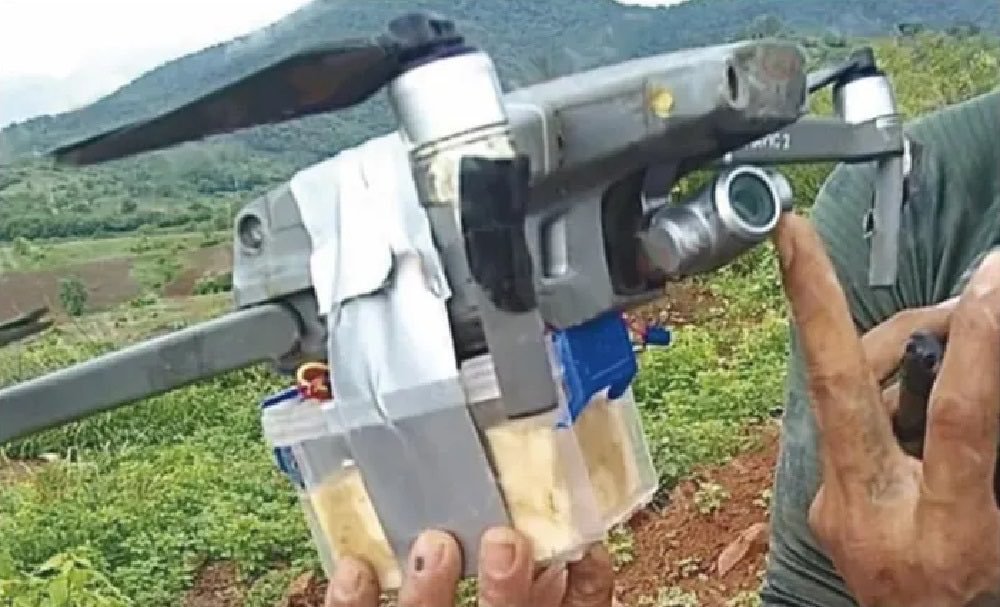
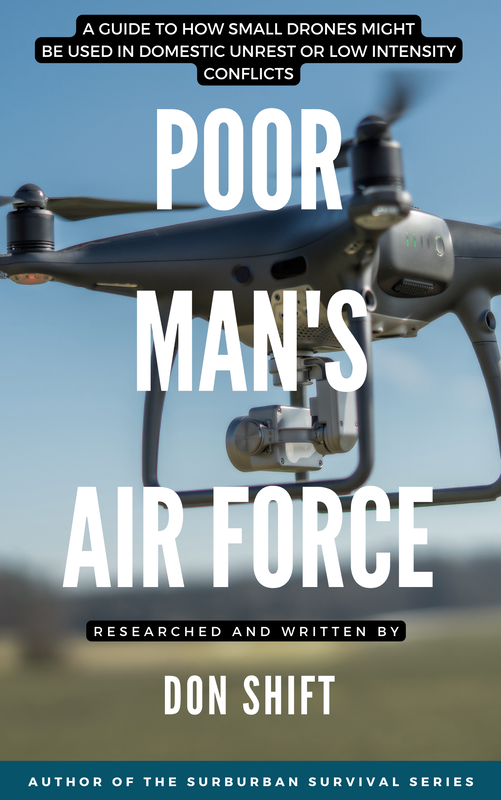
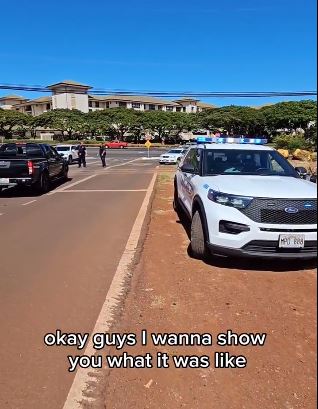

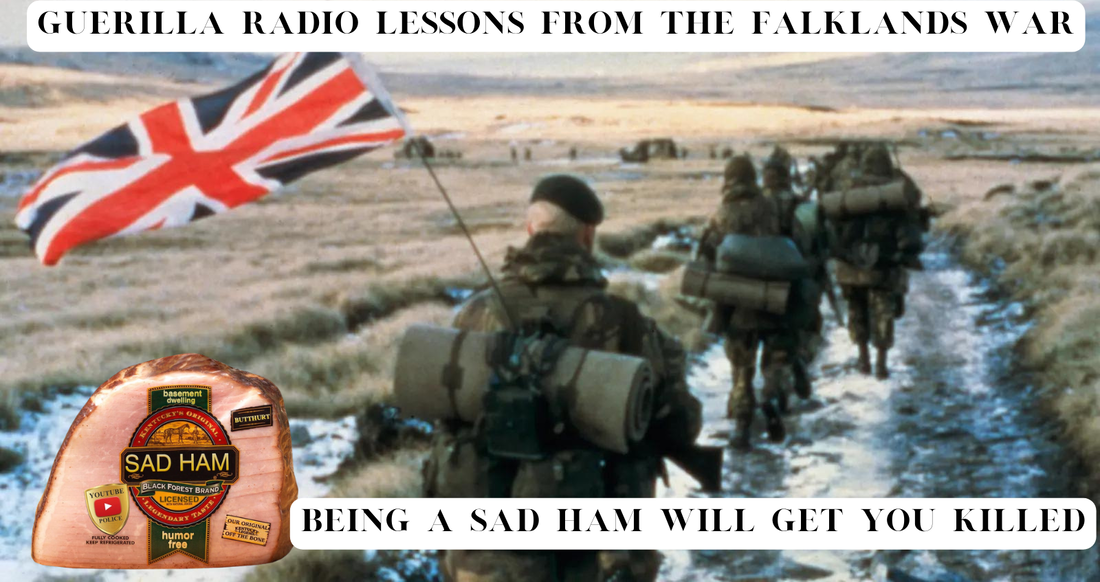
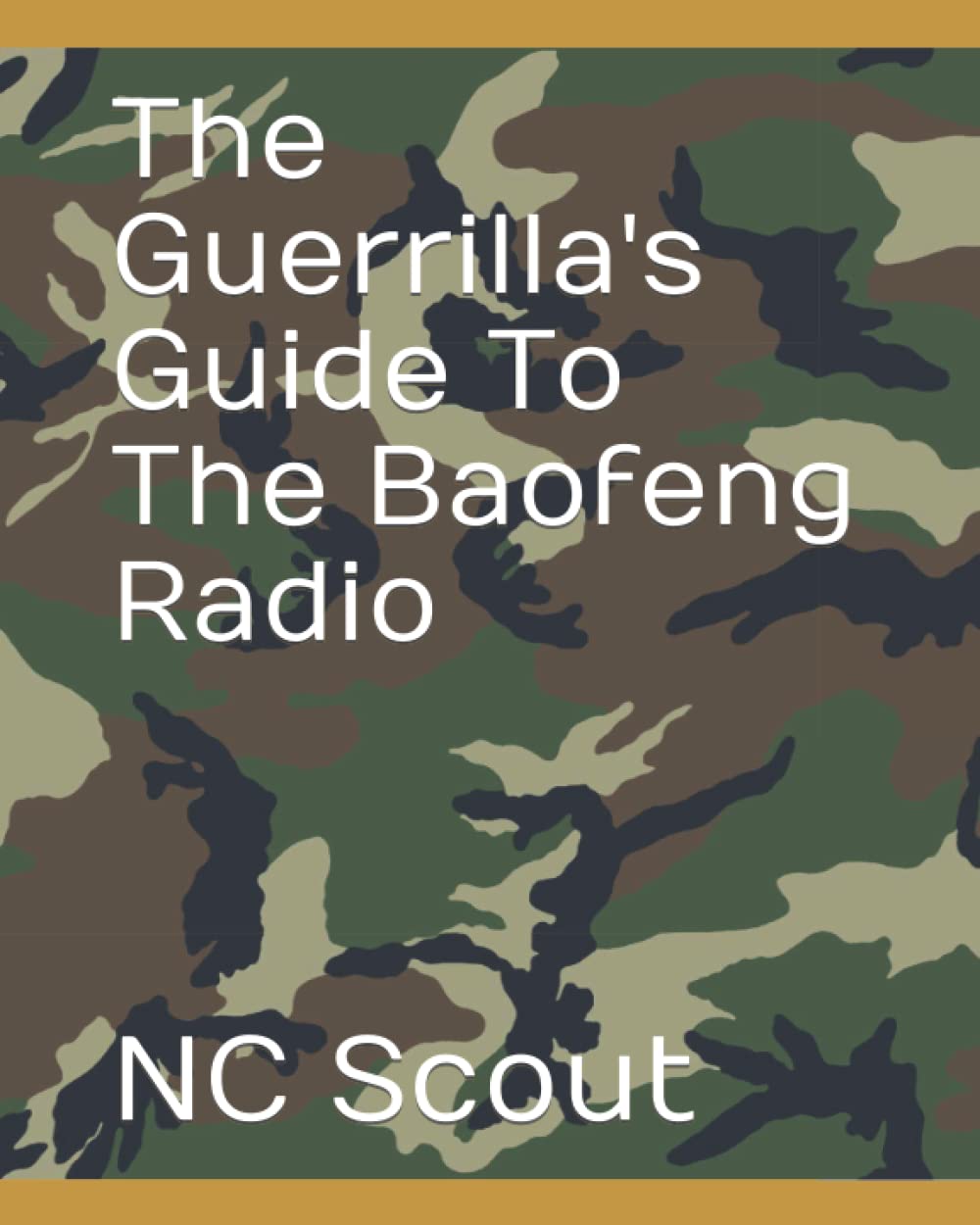
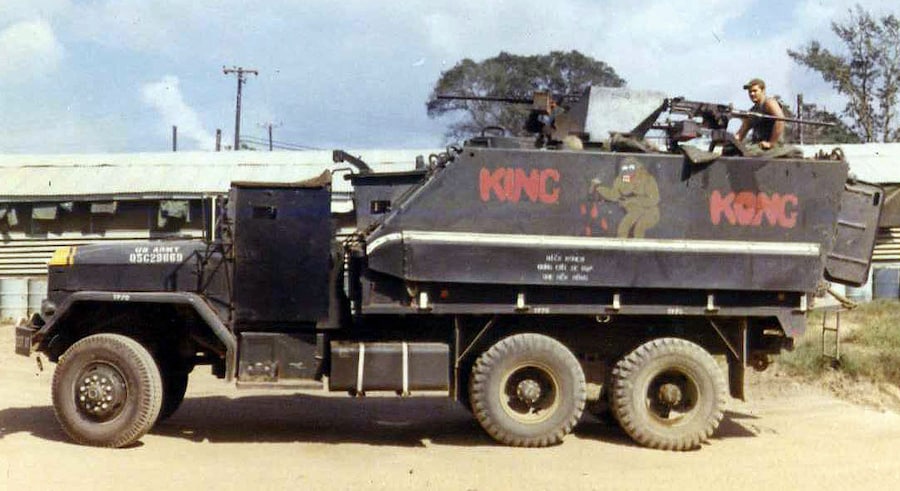
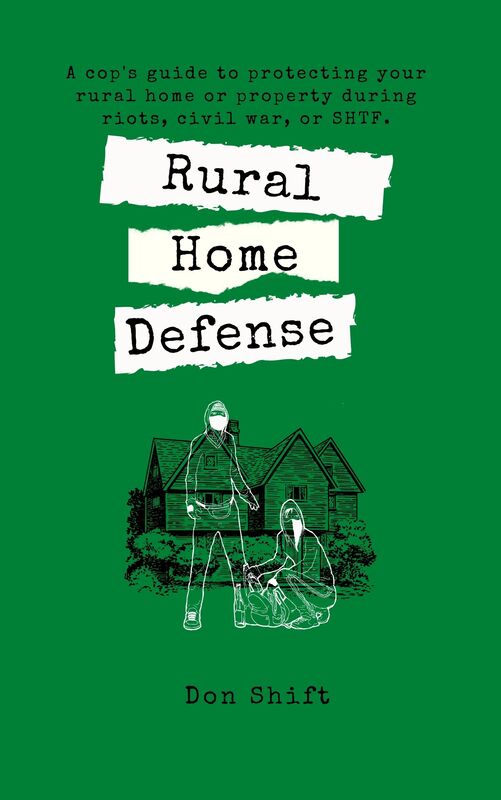
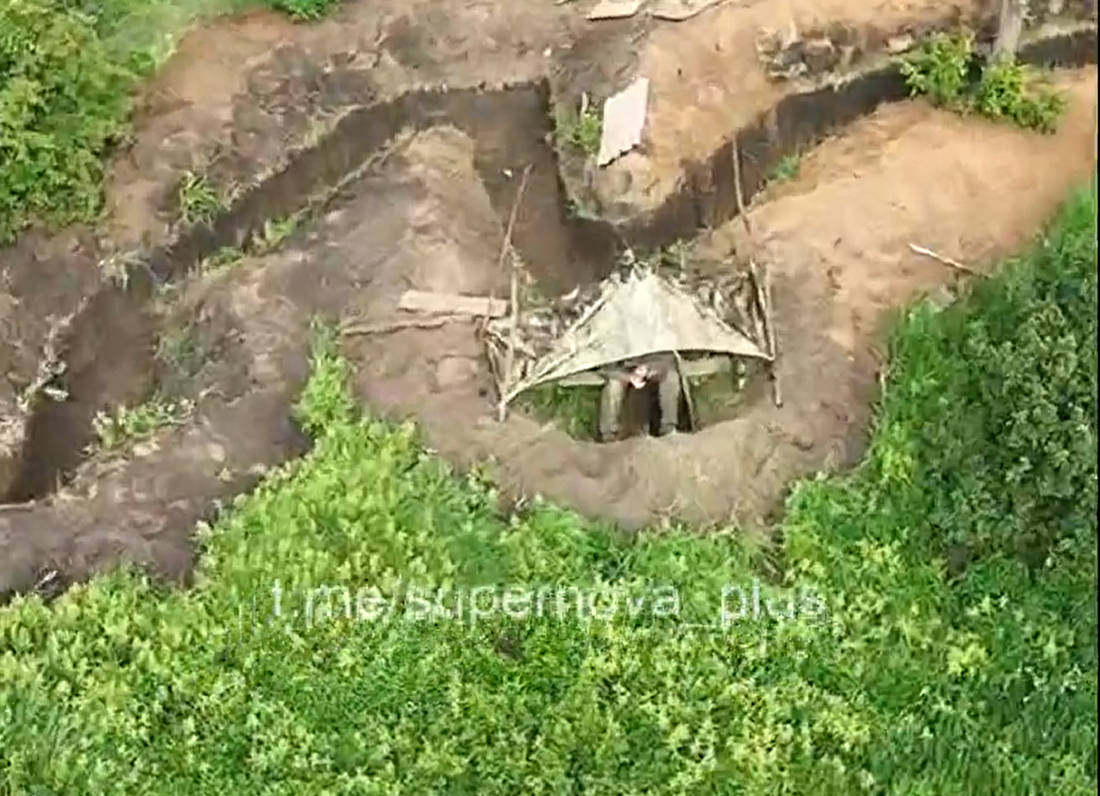
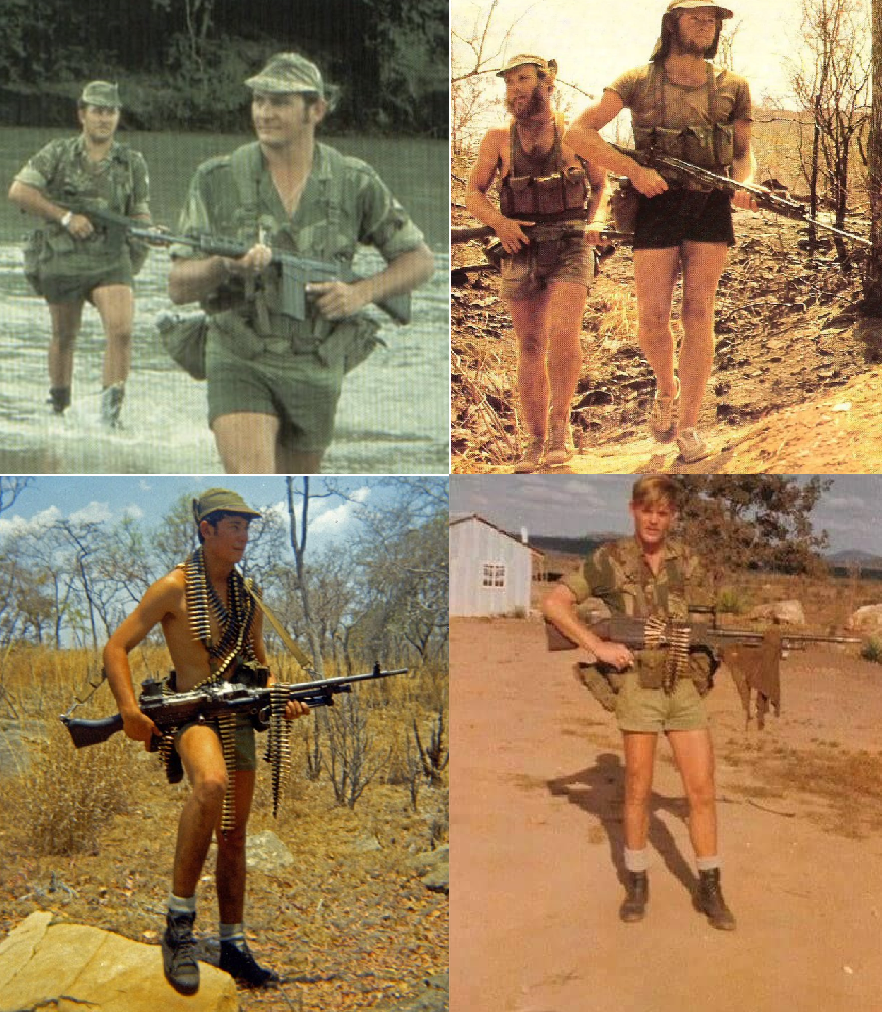



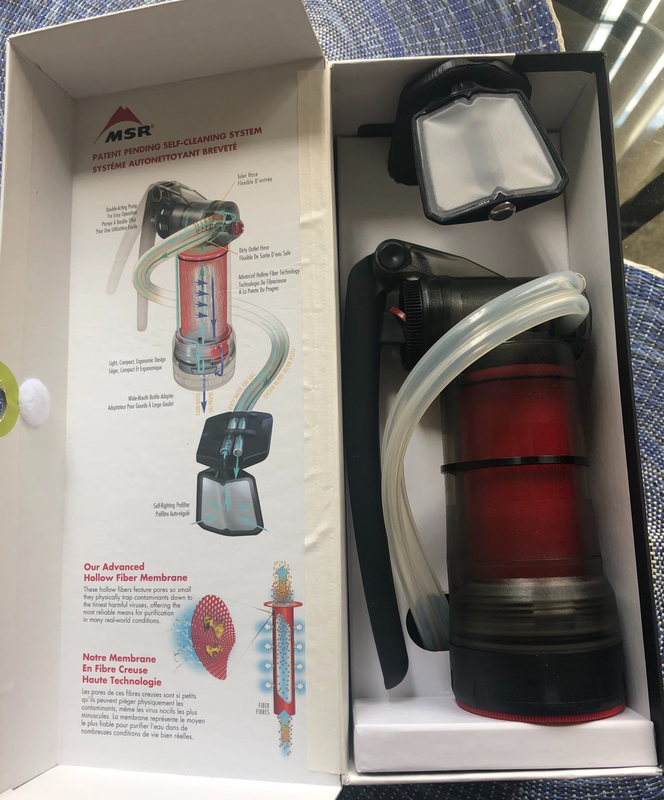
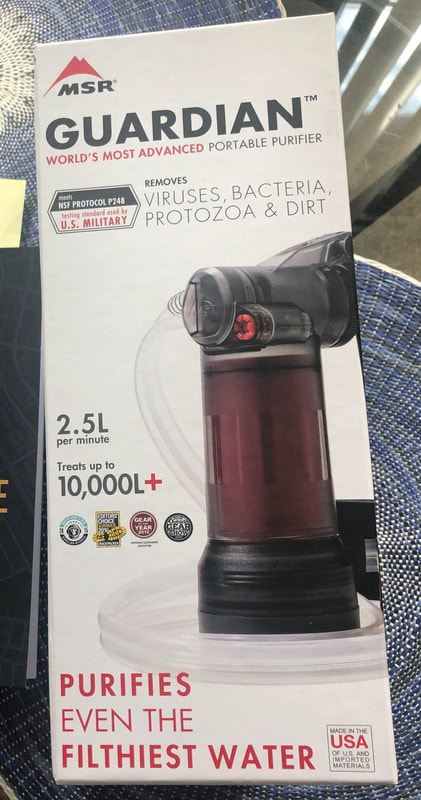
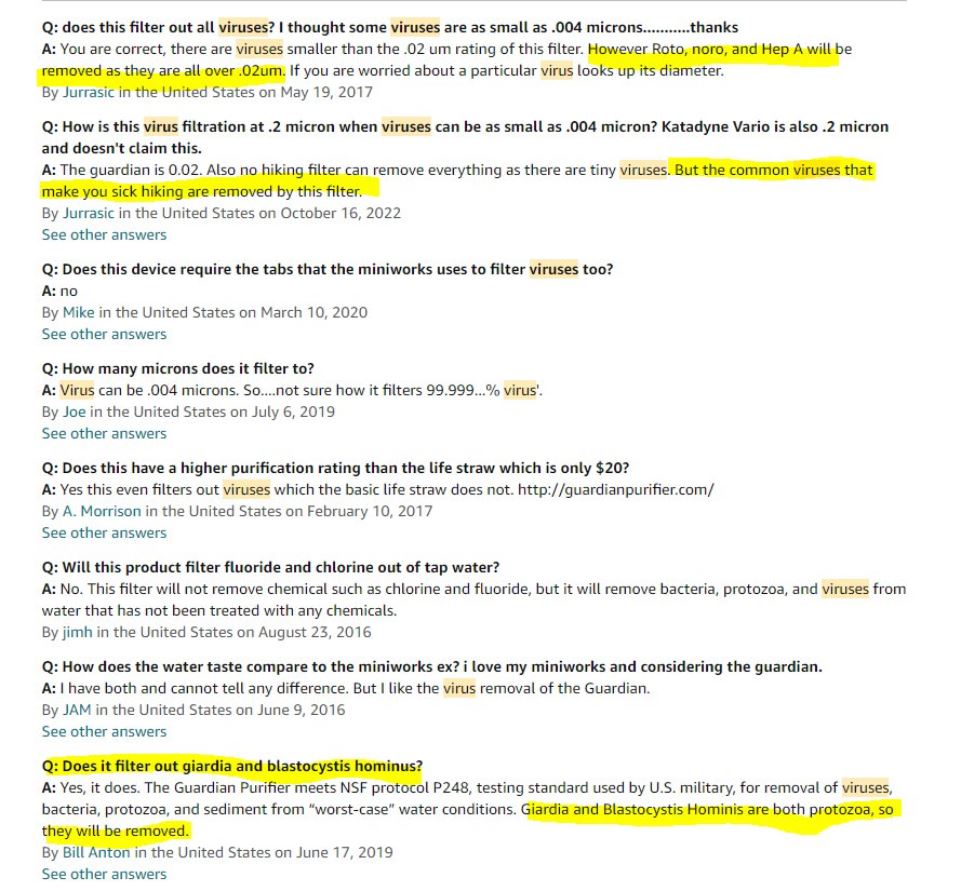
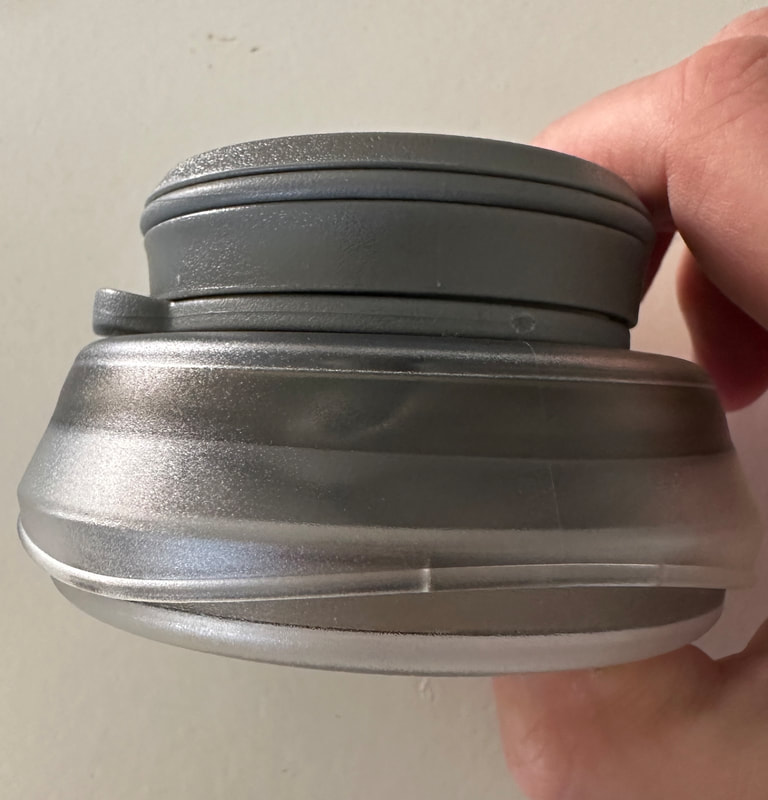
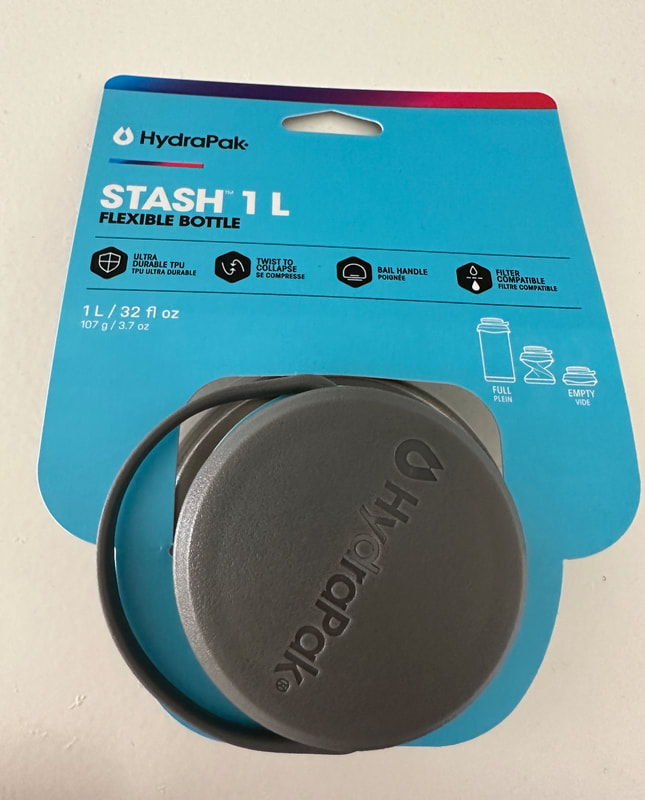
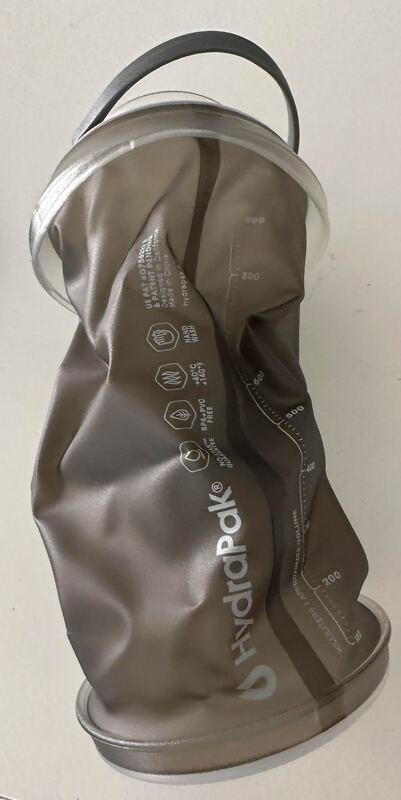

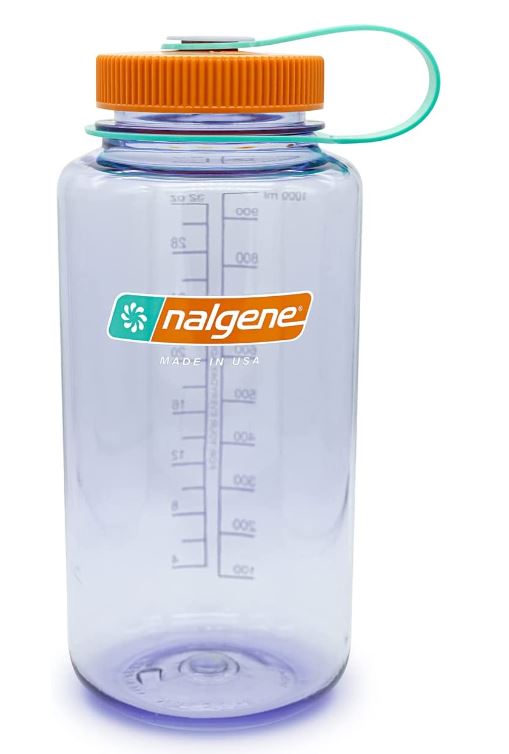
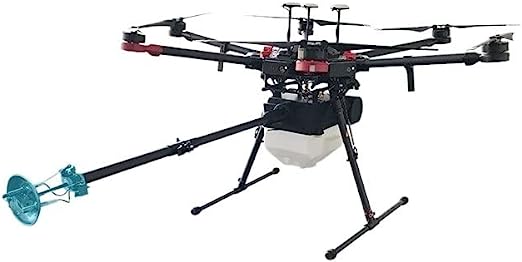
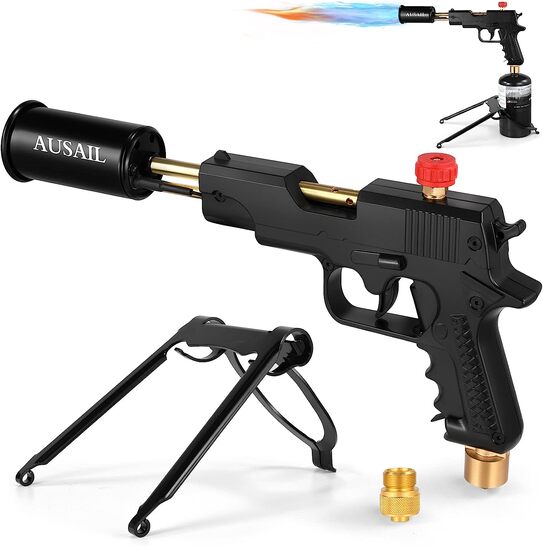
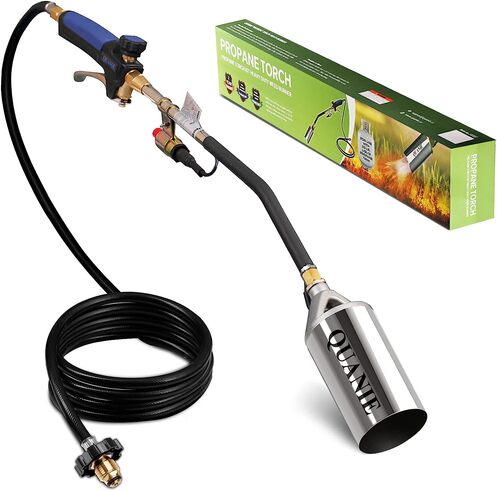
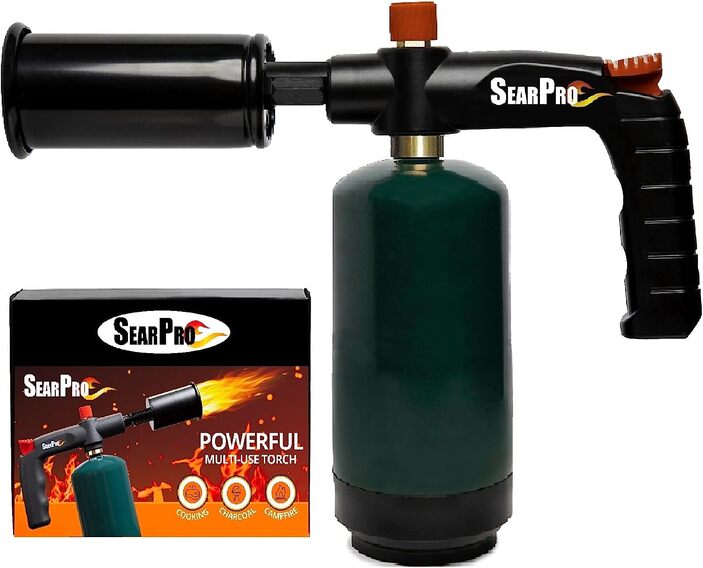
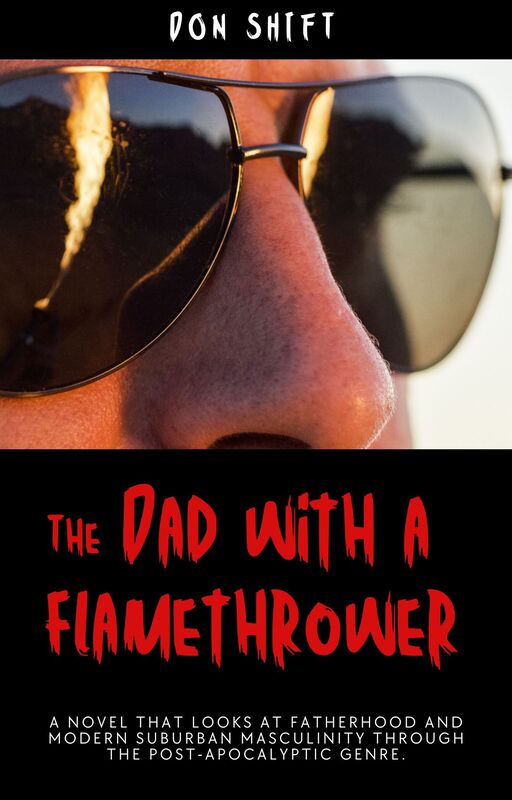
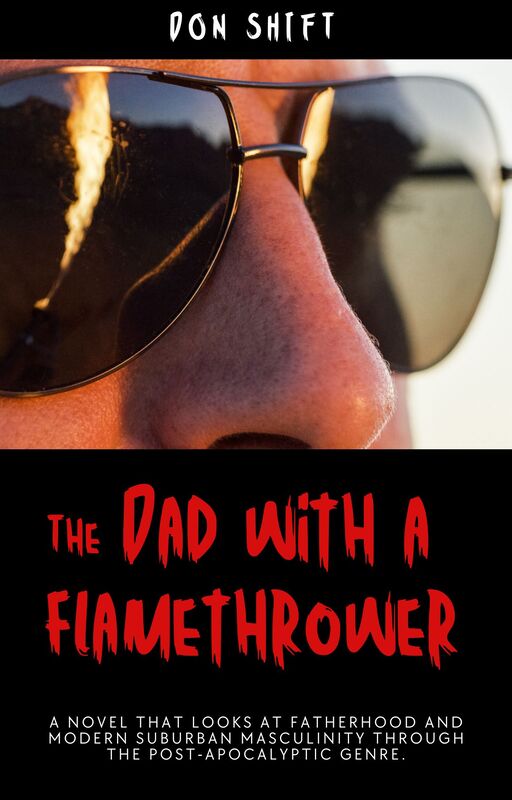
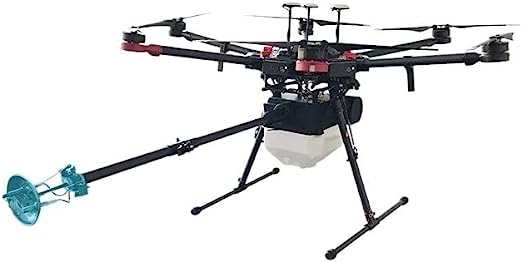
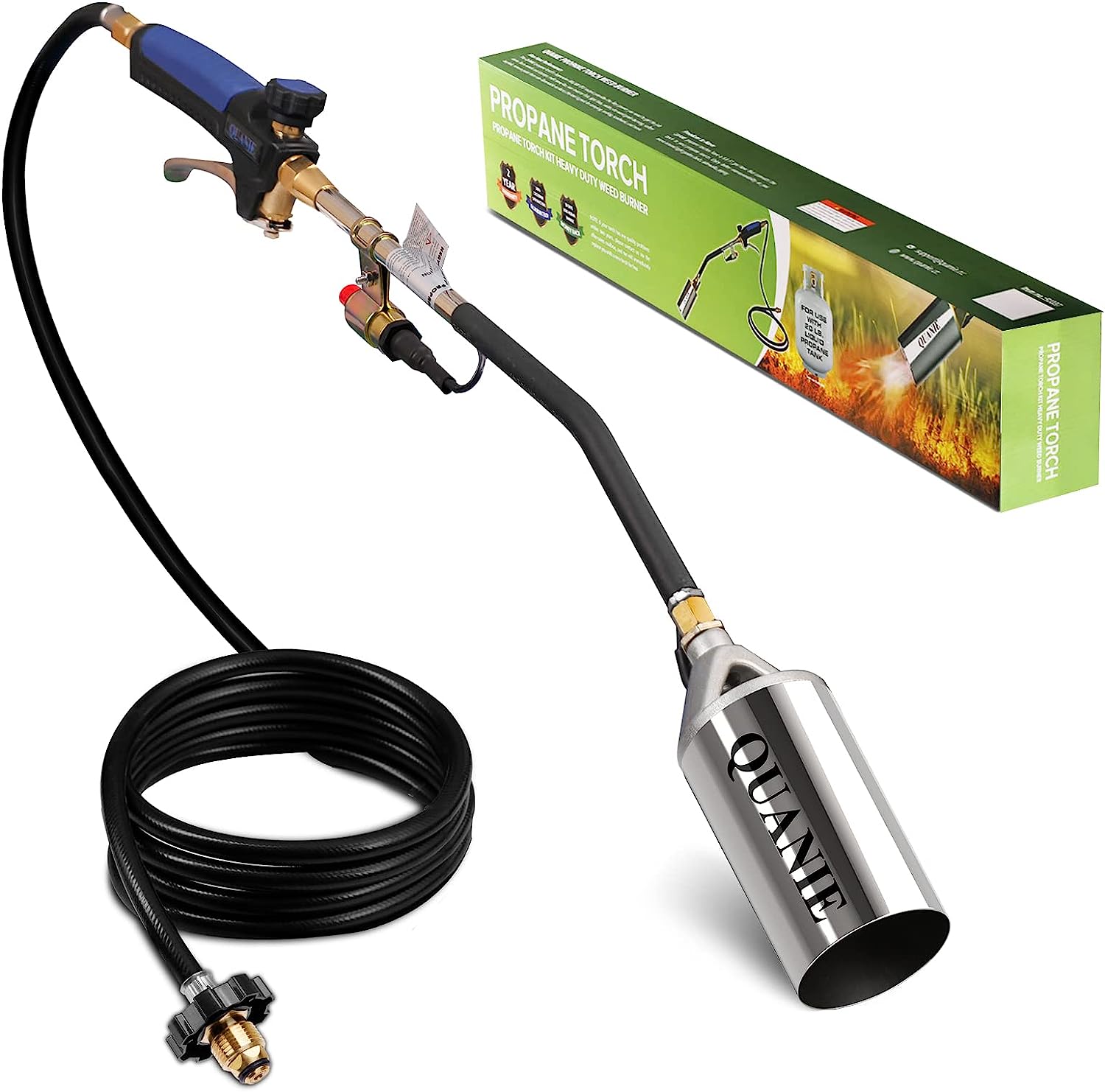
 RSS Feed
RSS Feed
